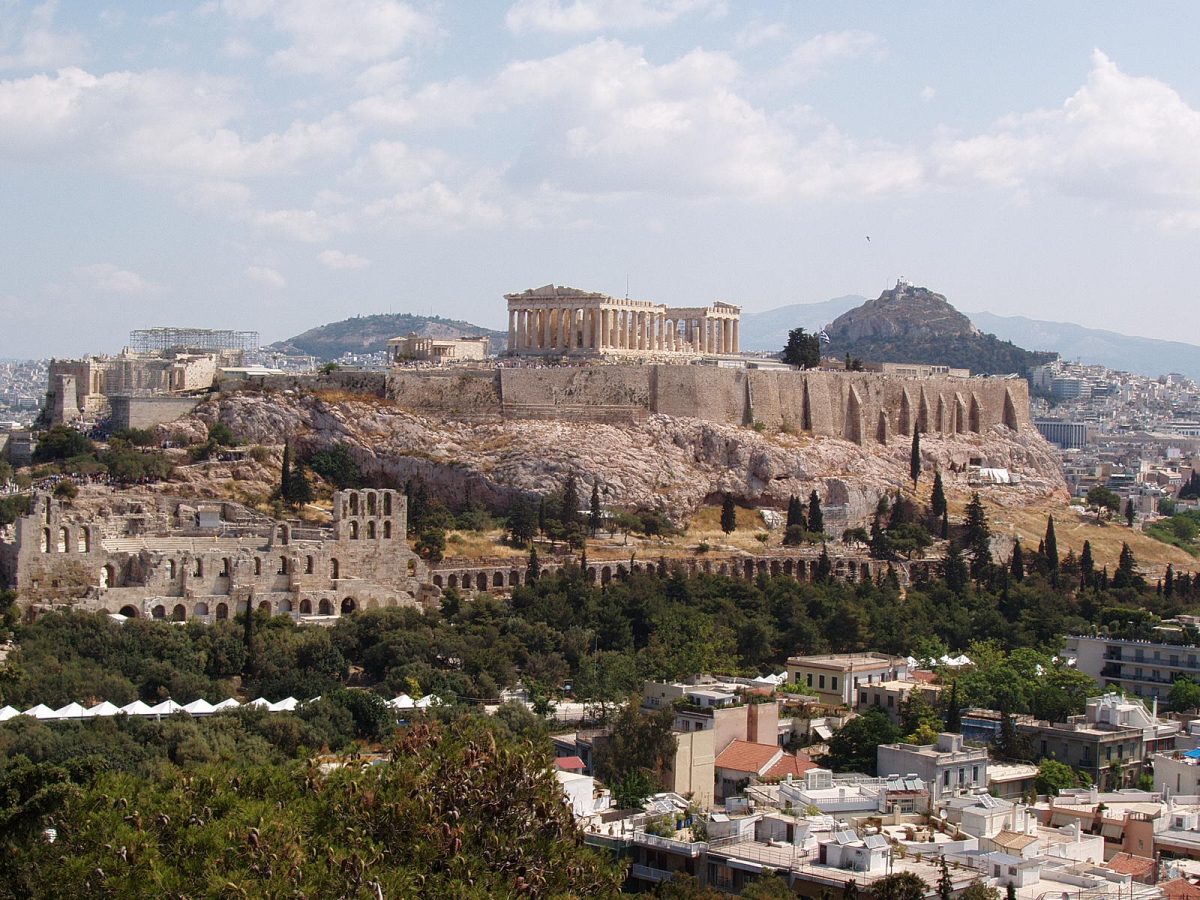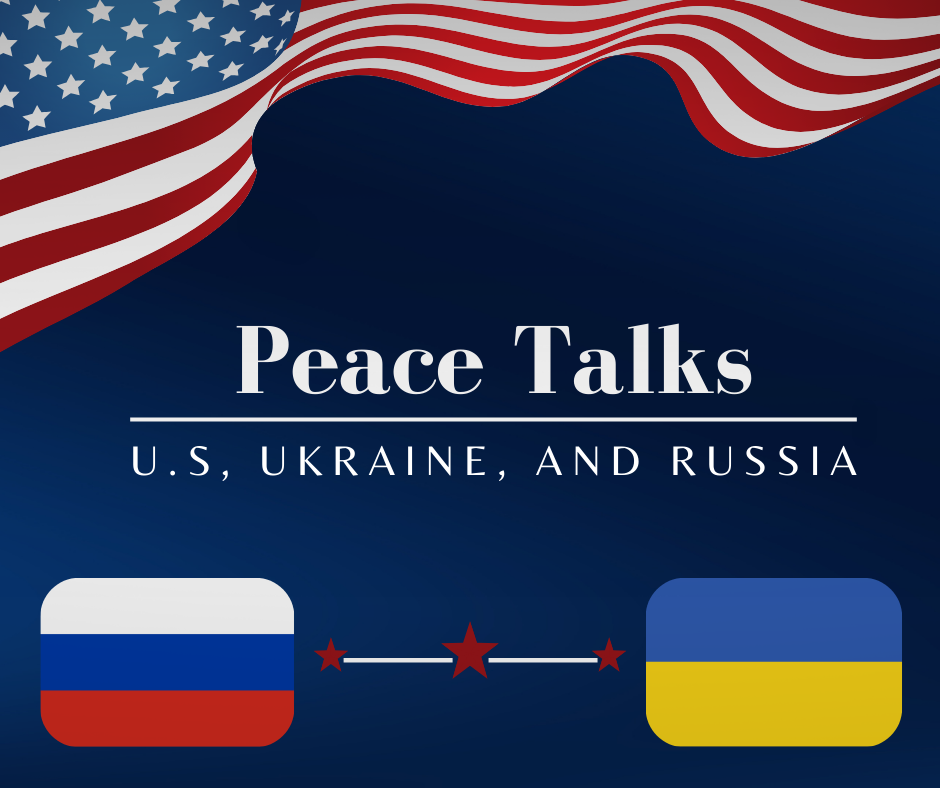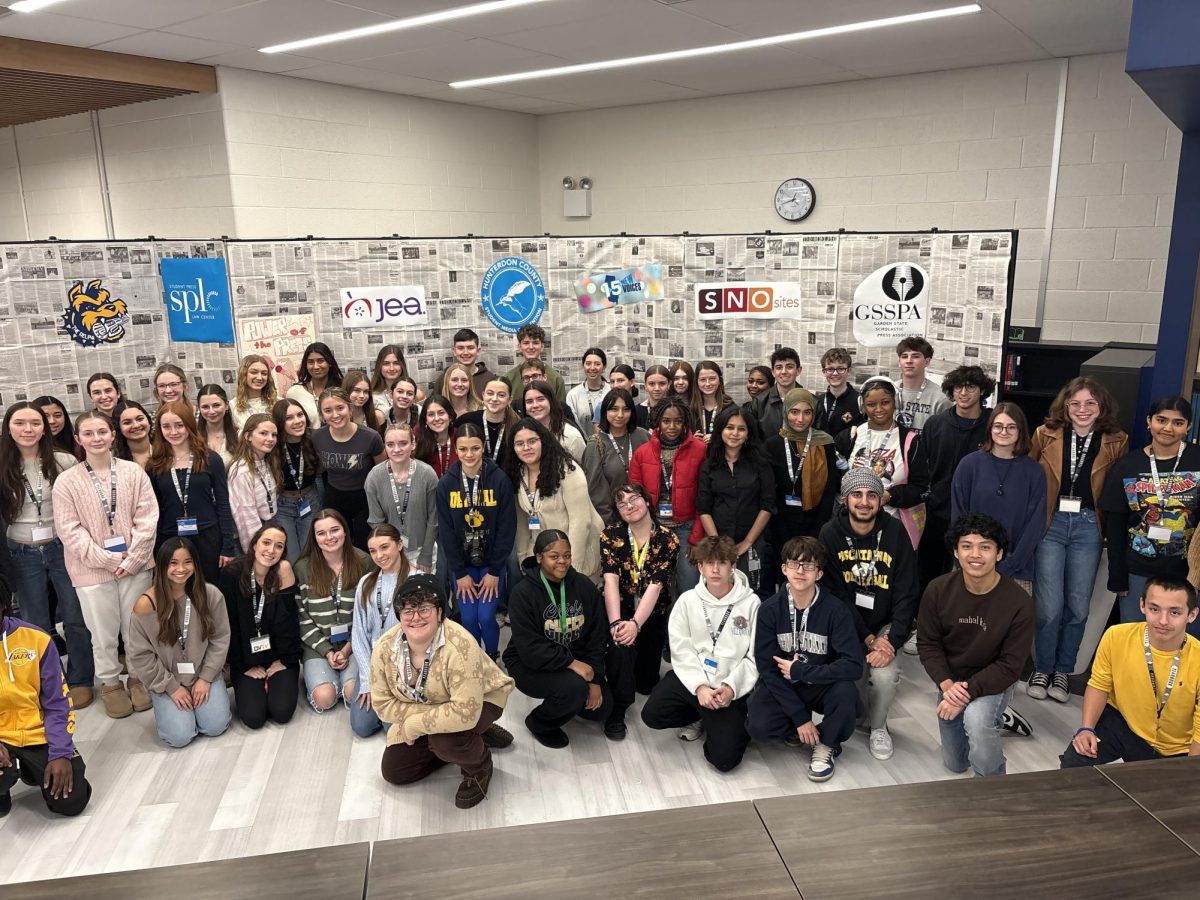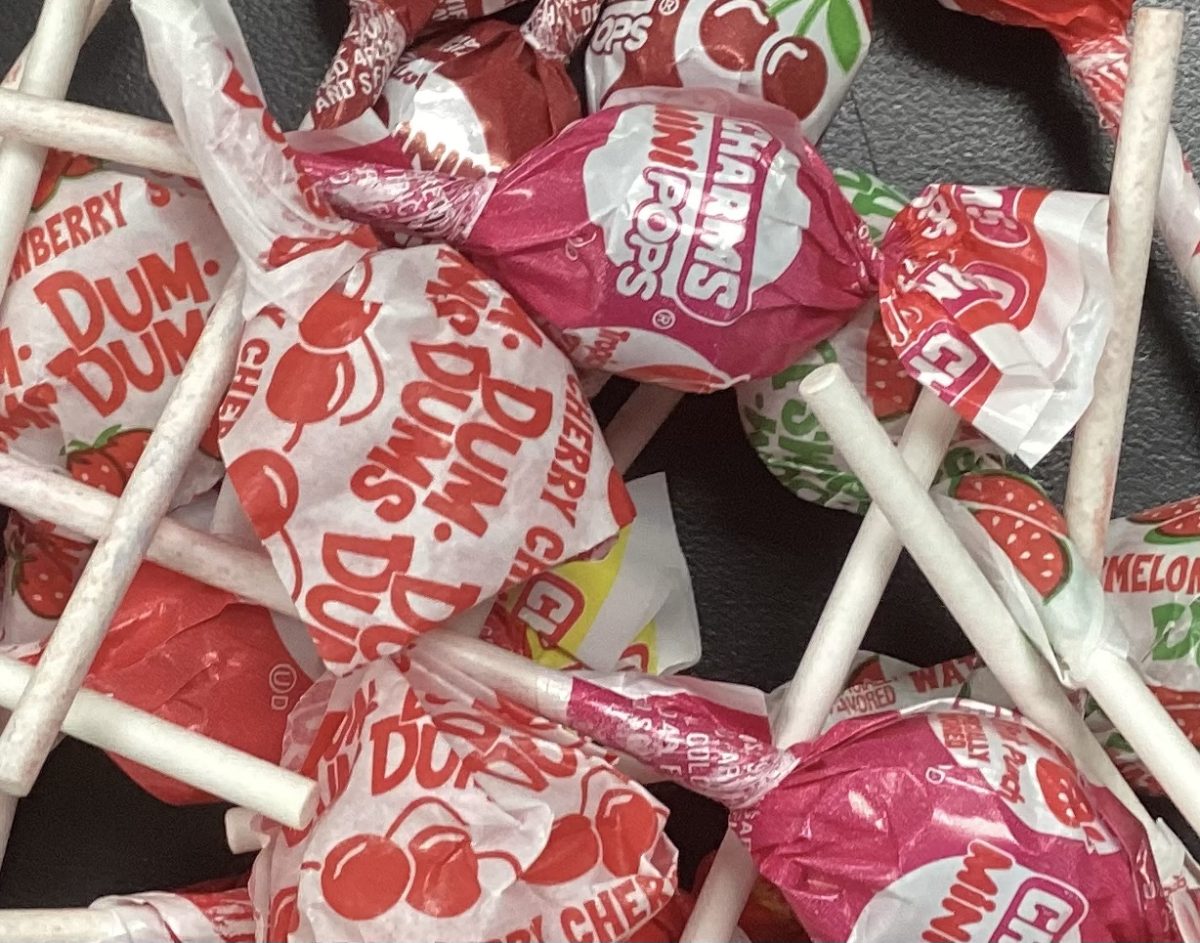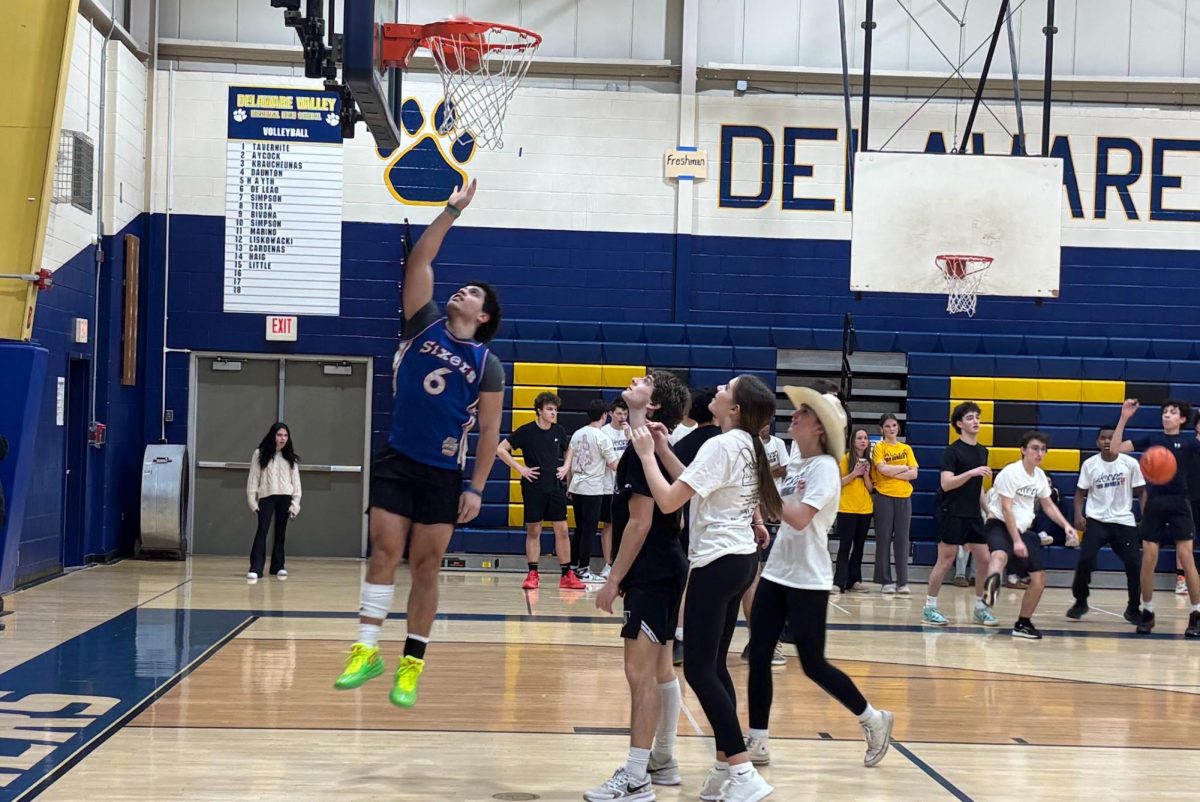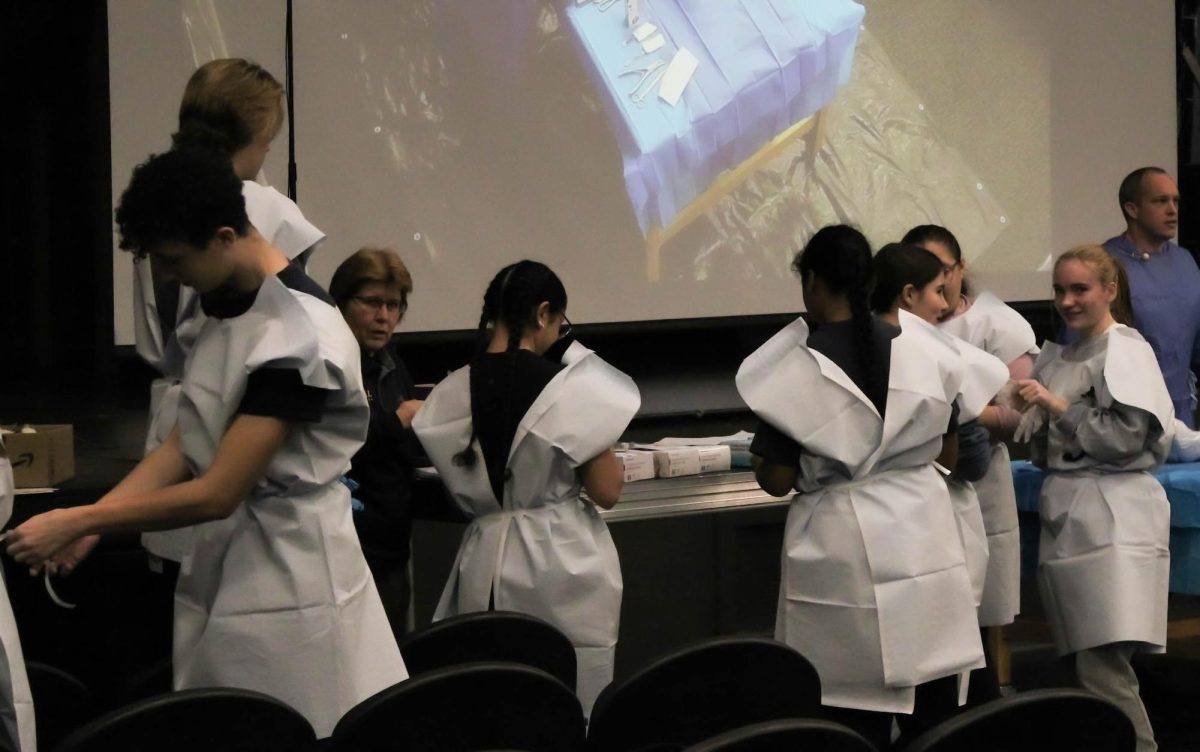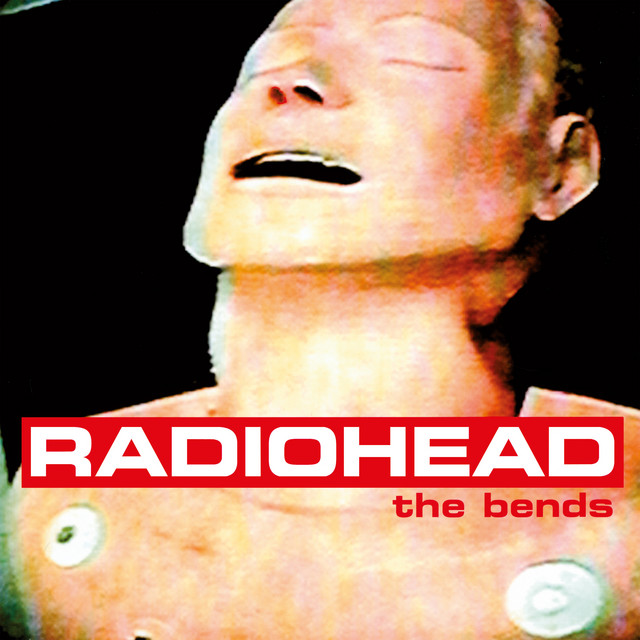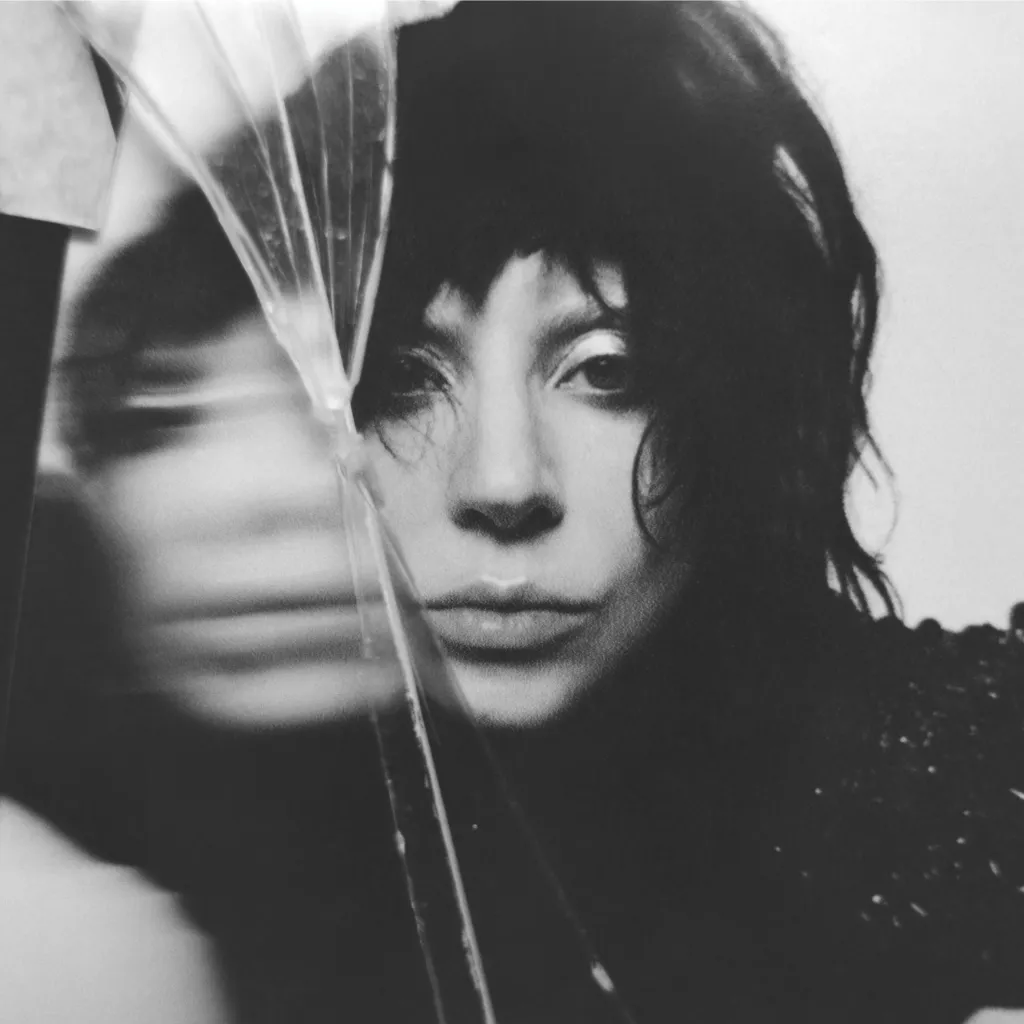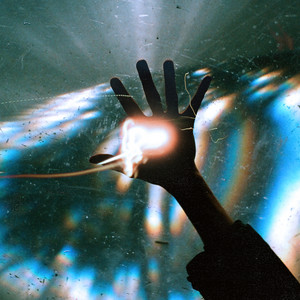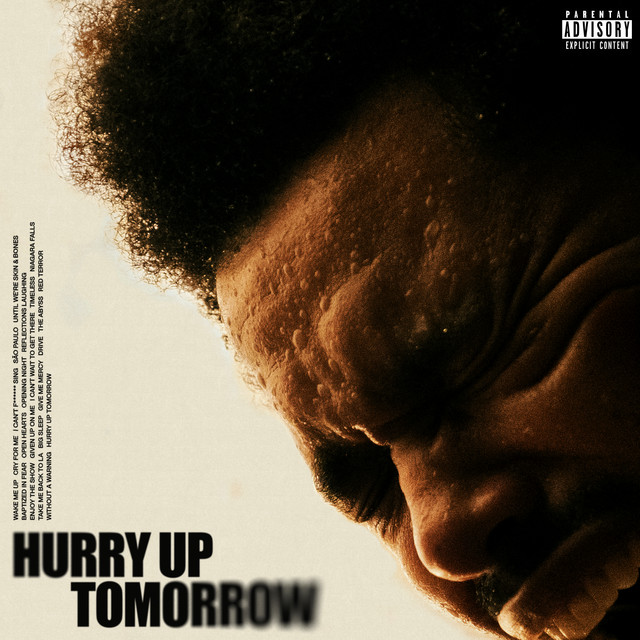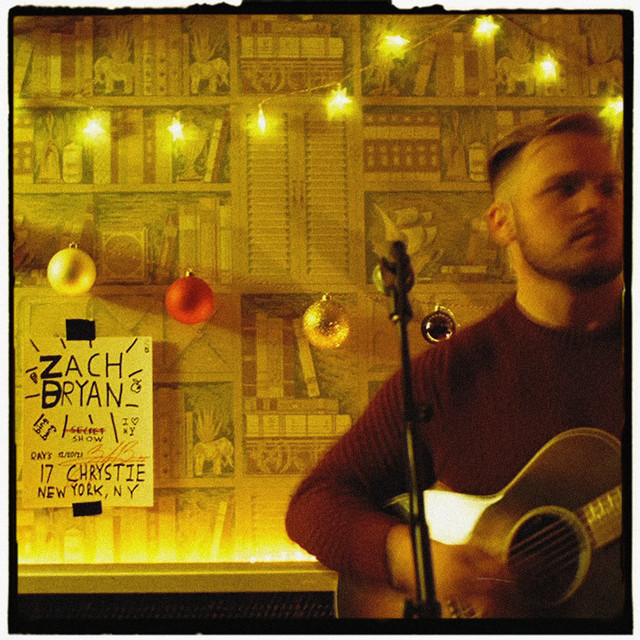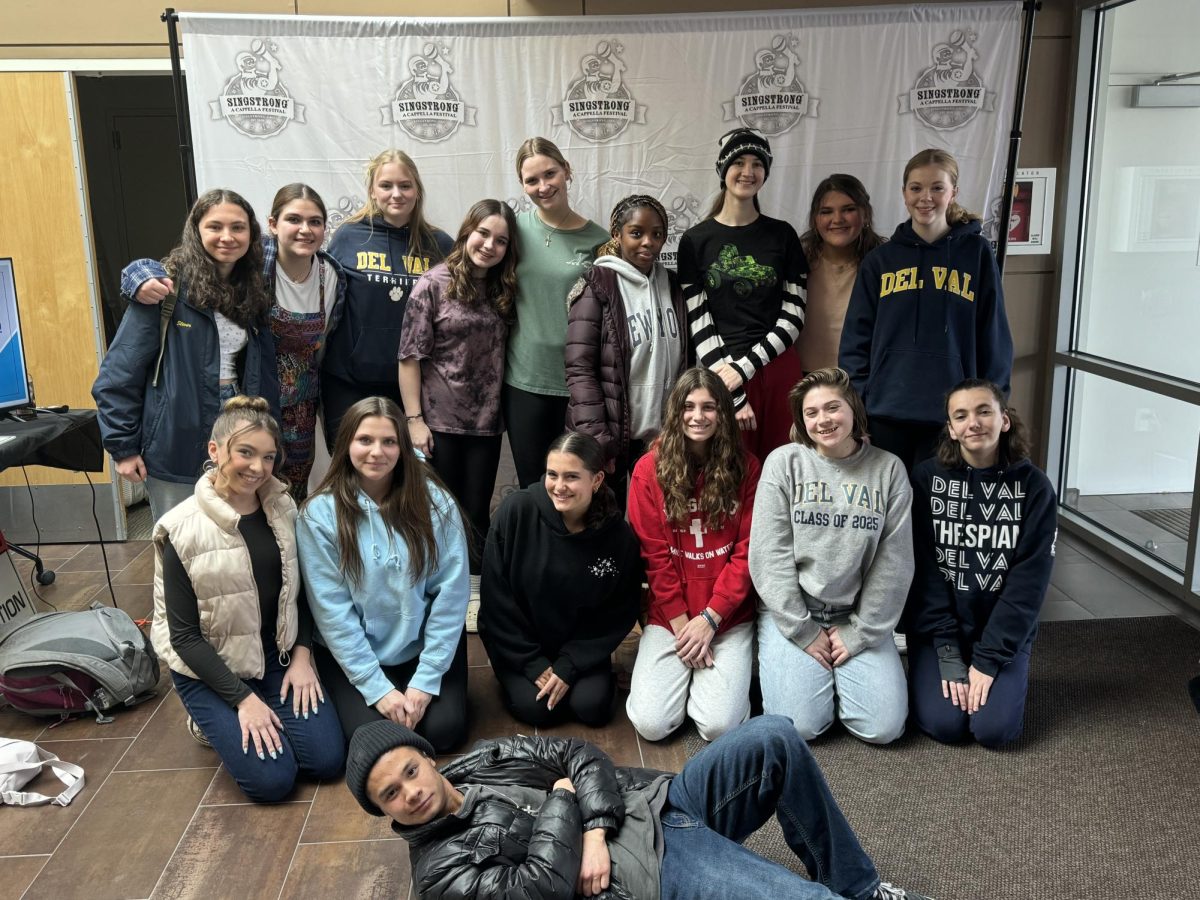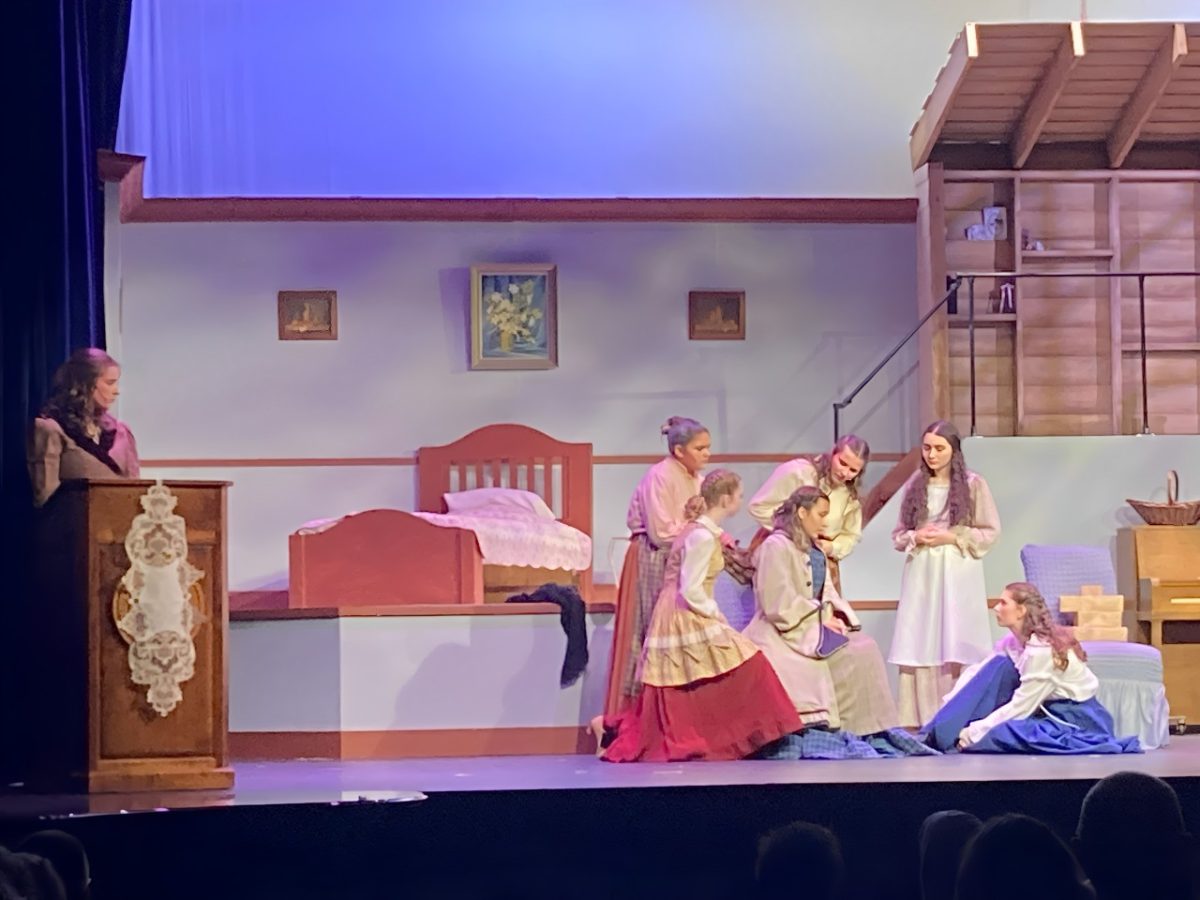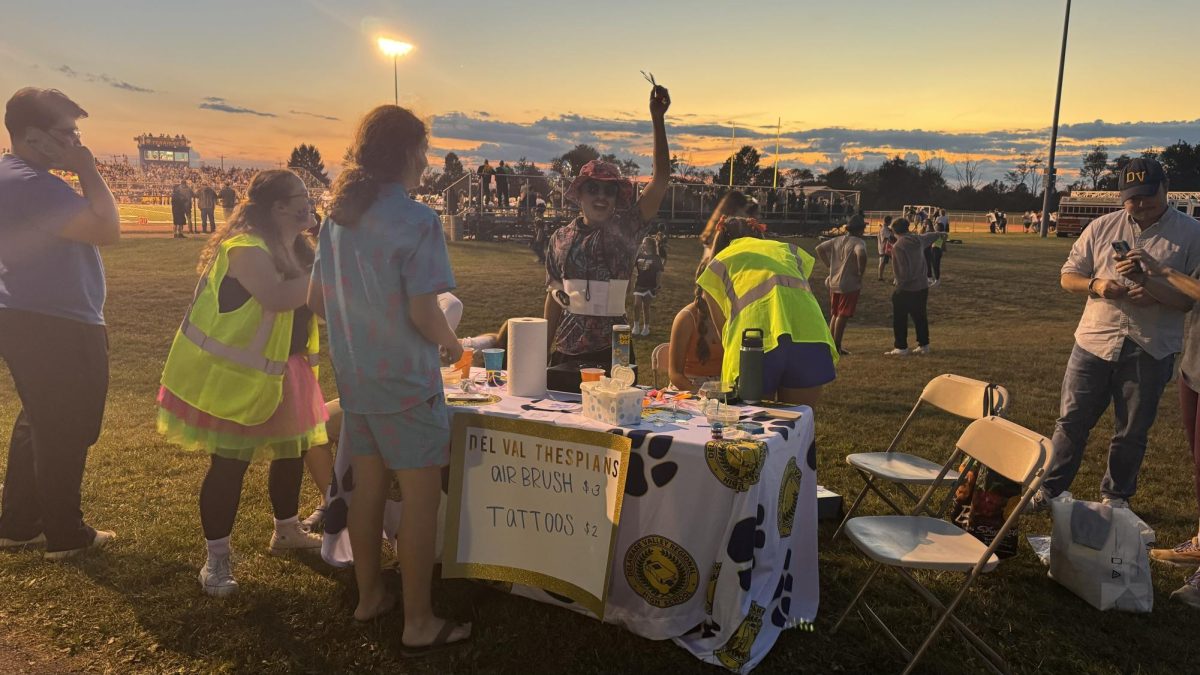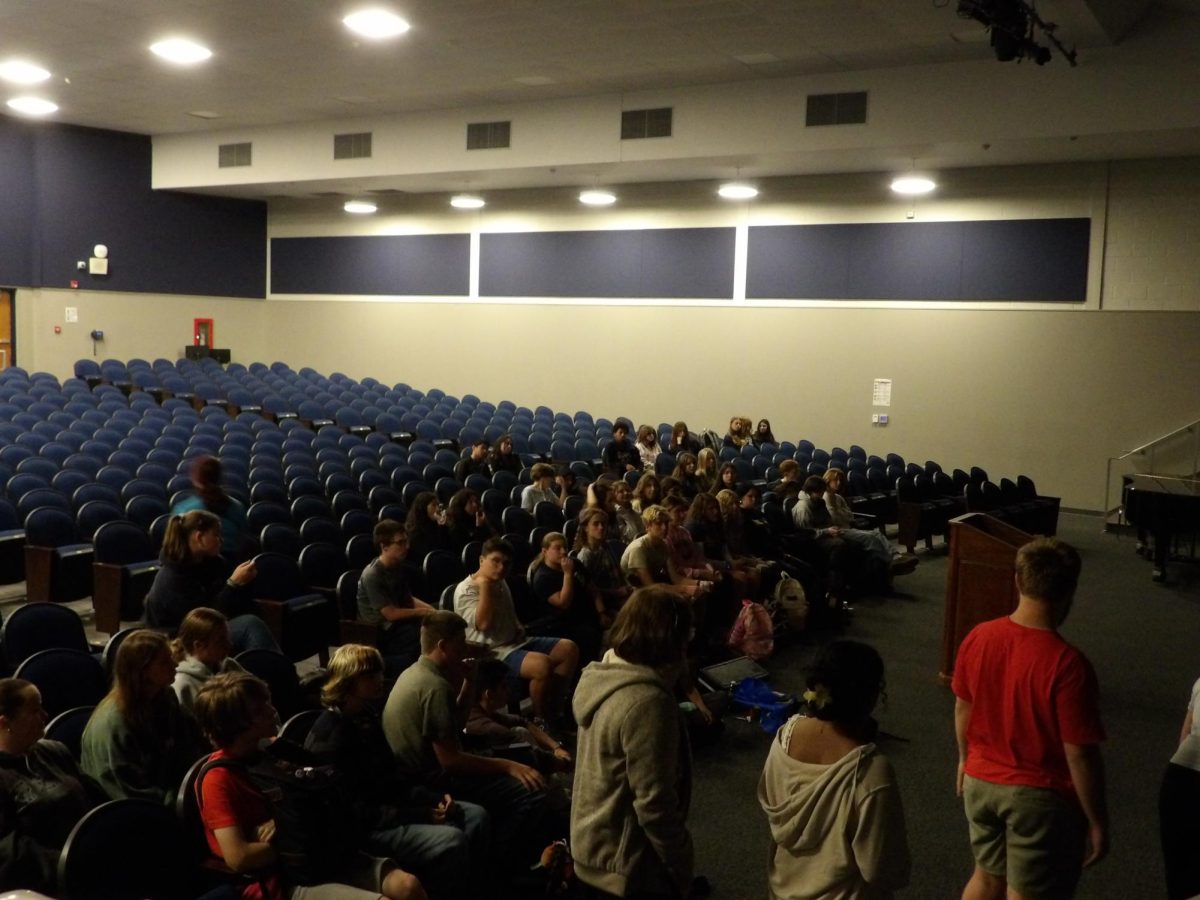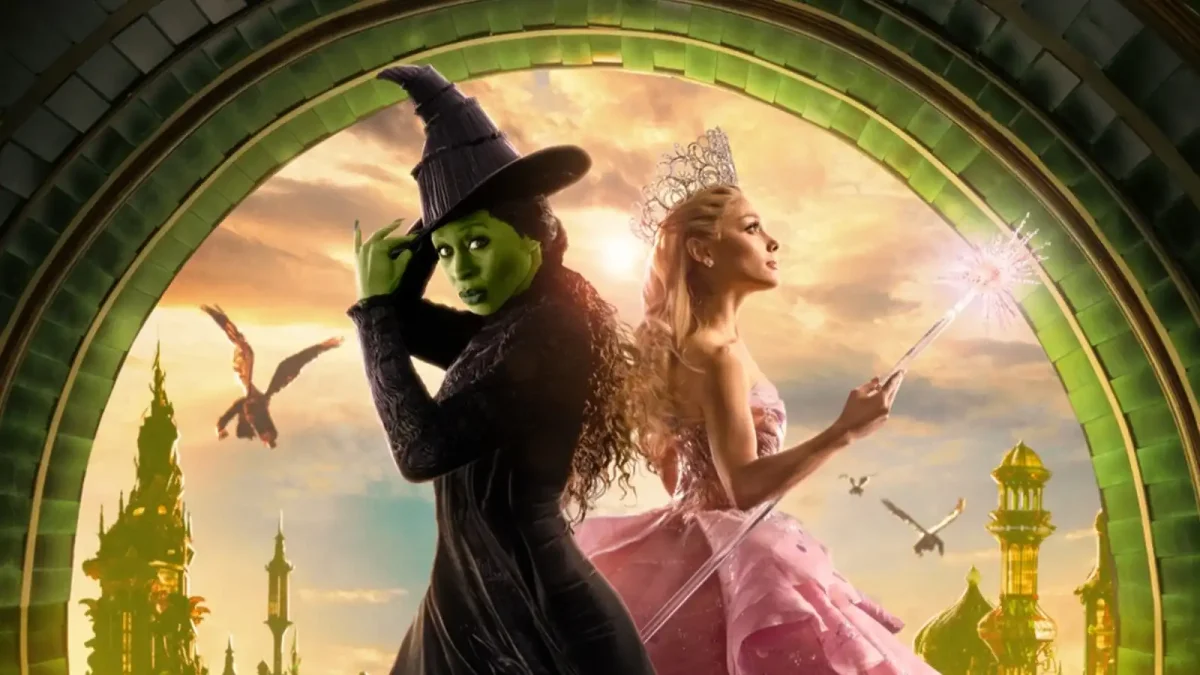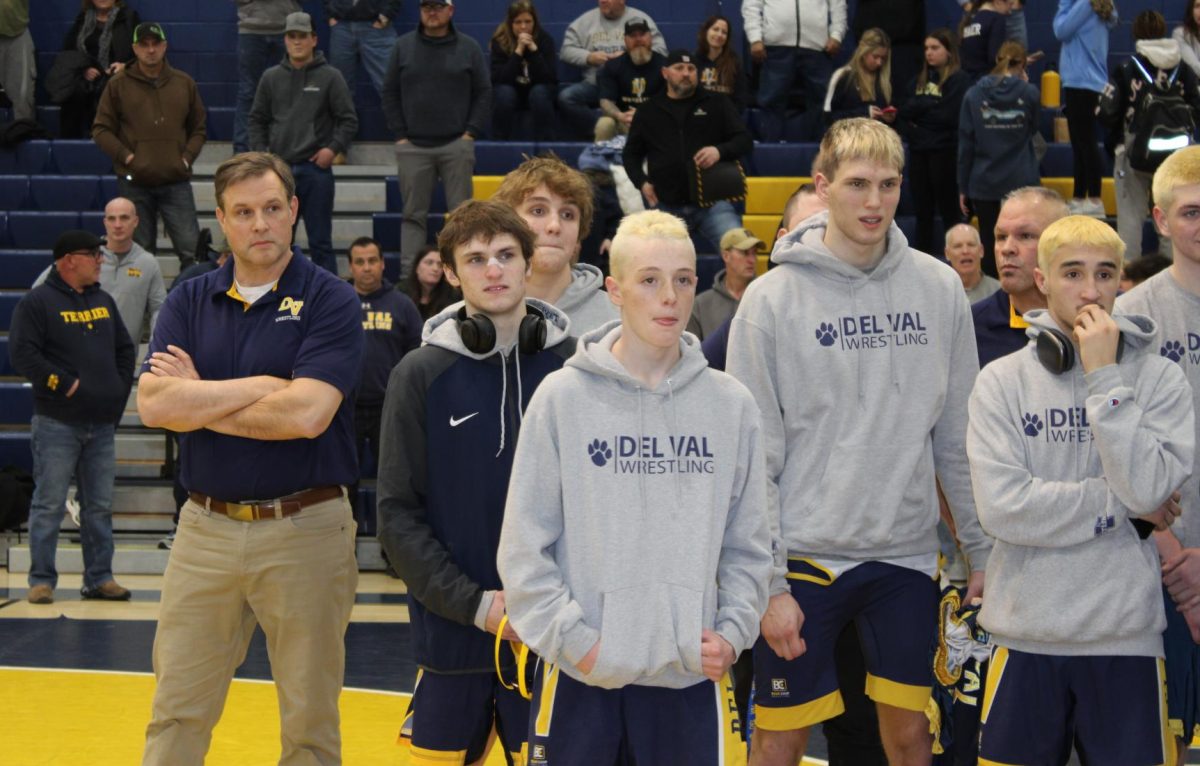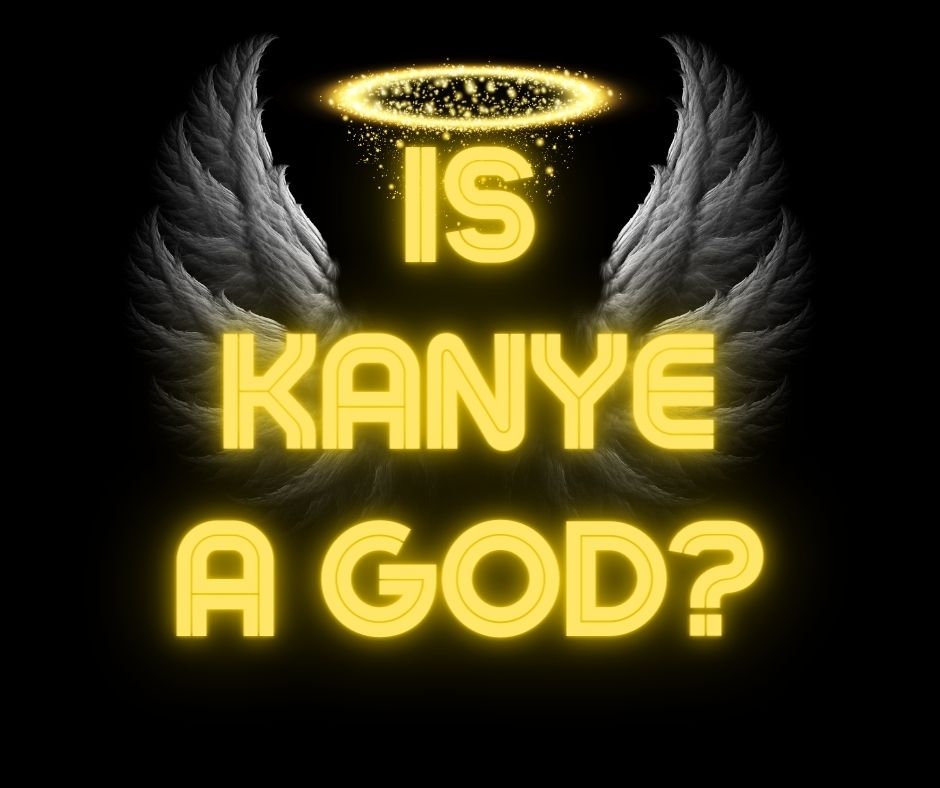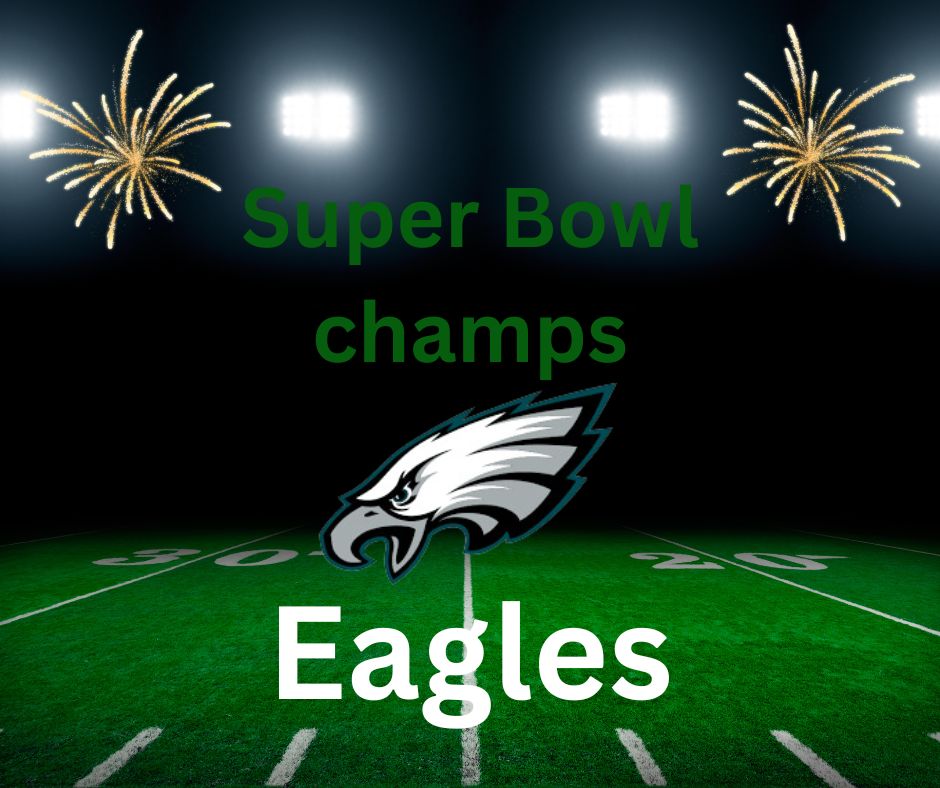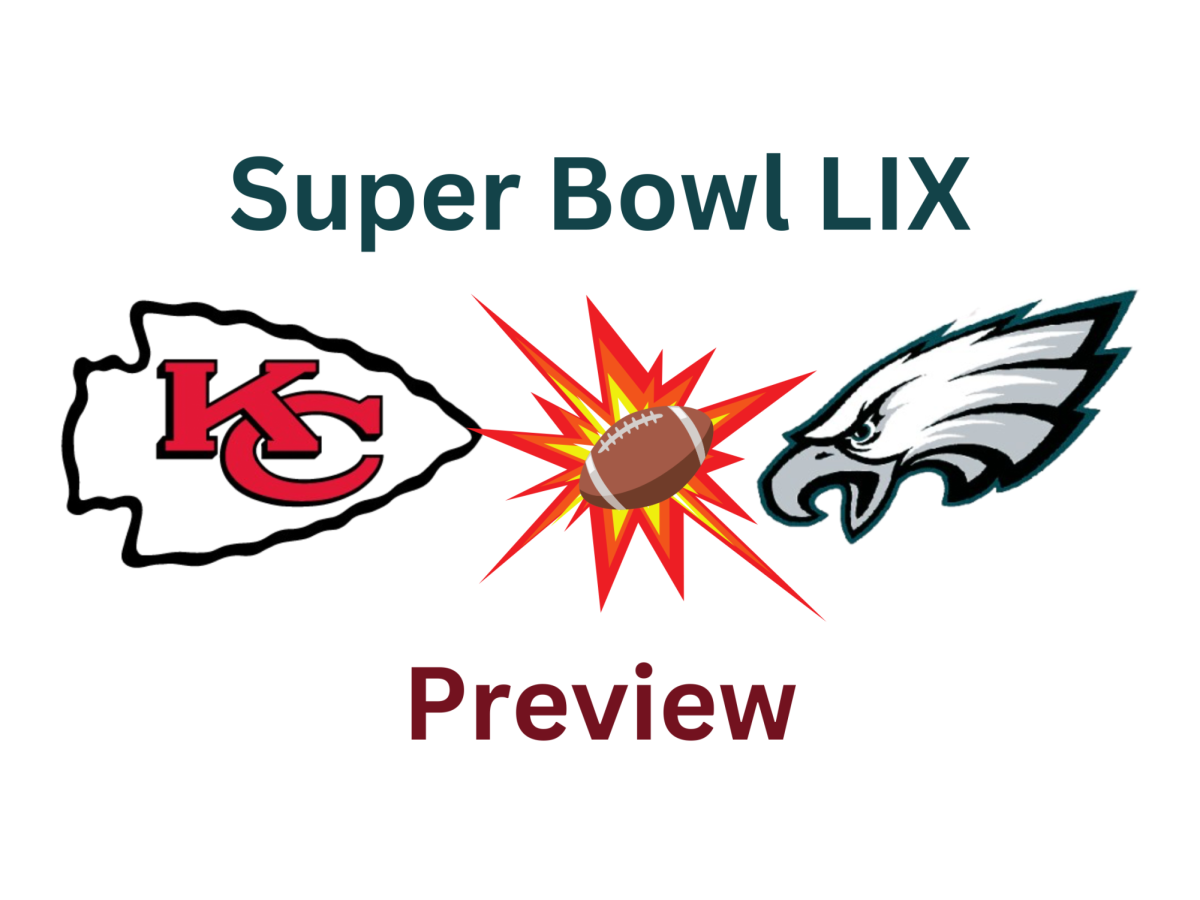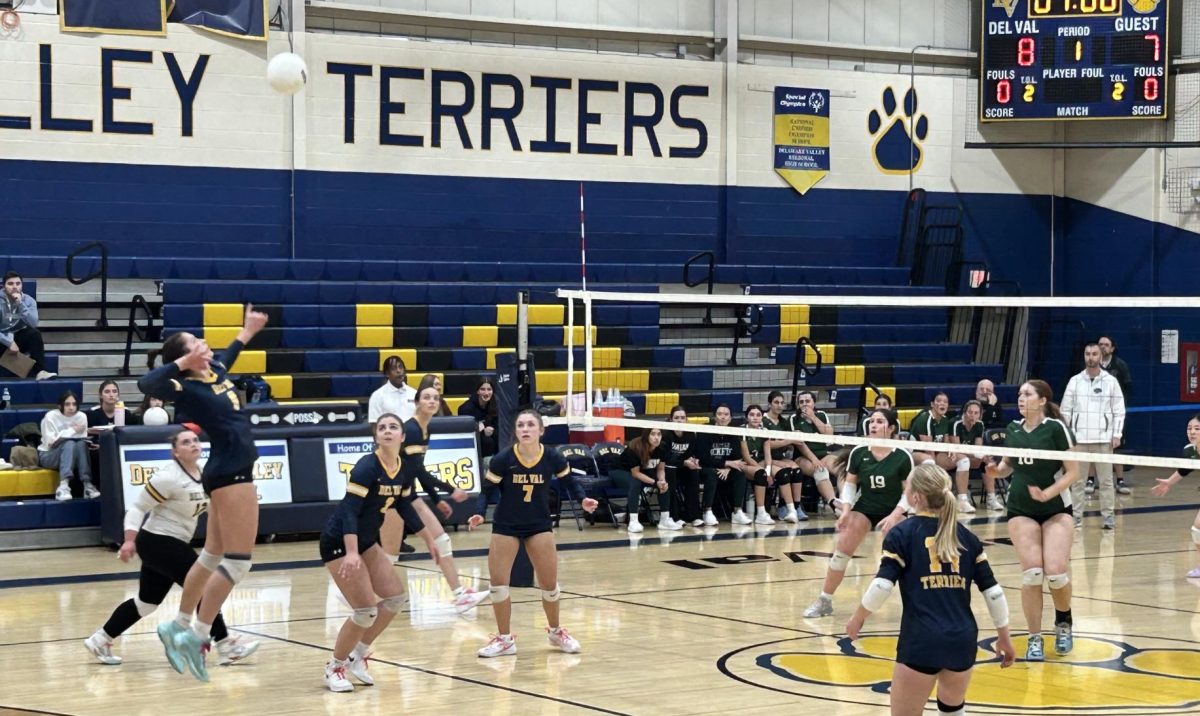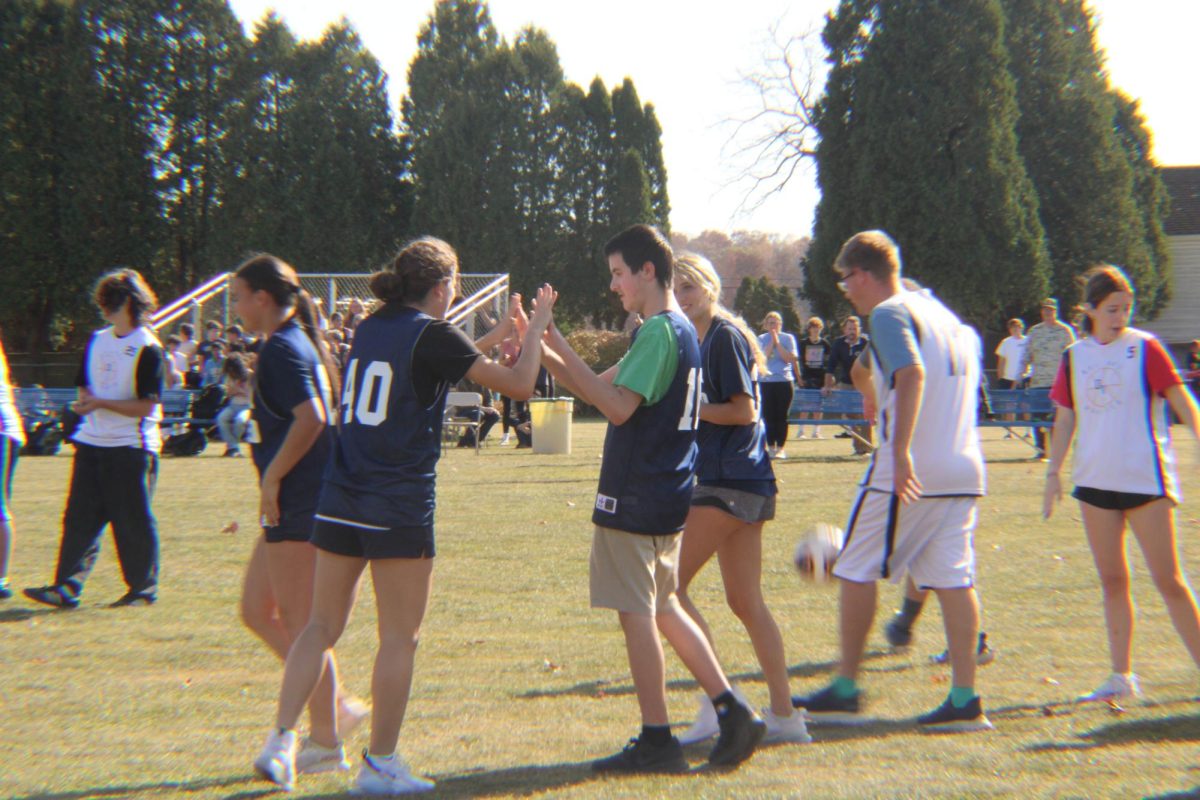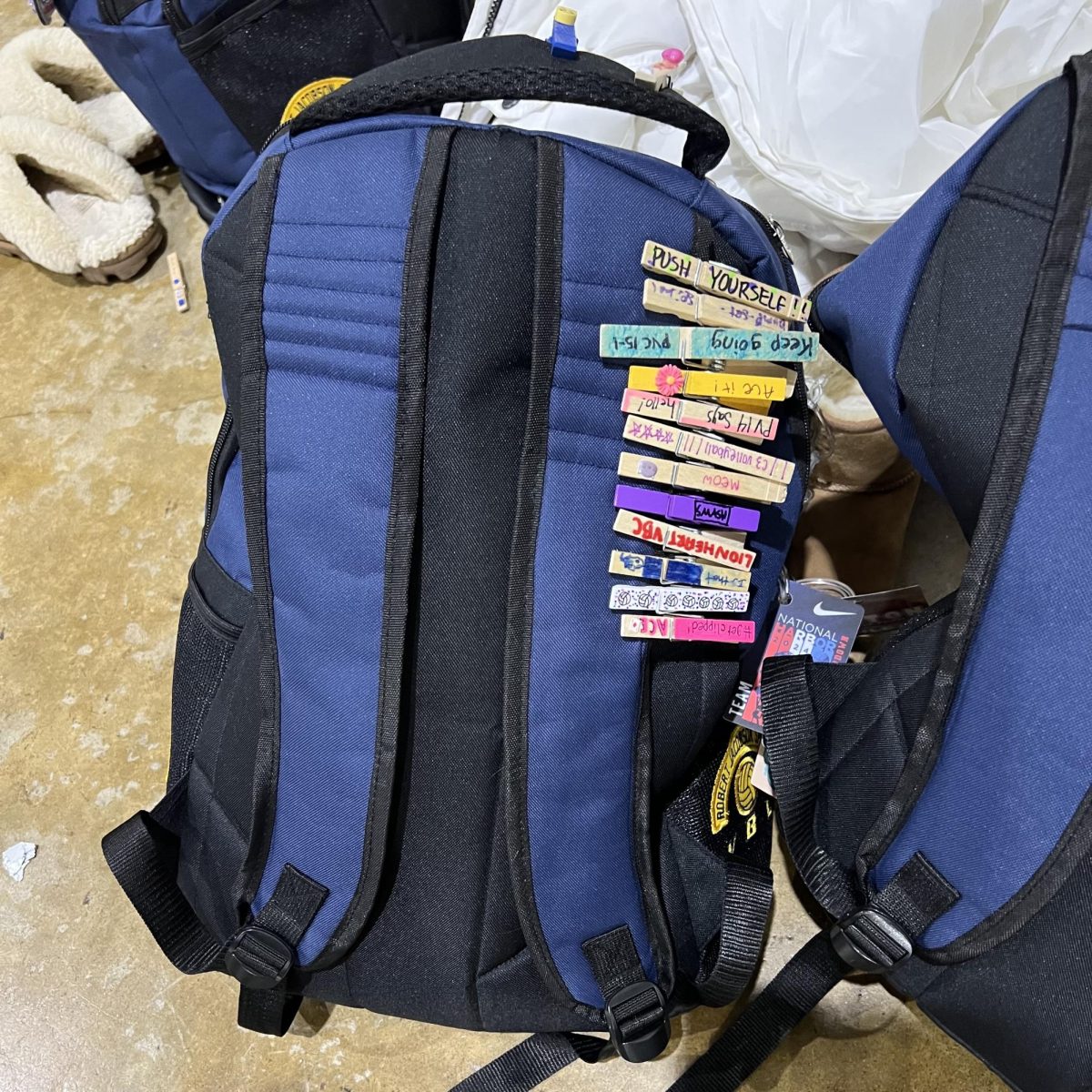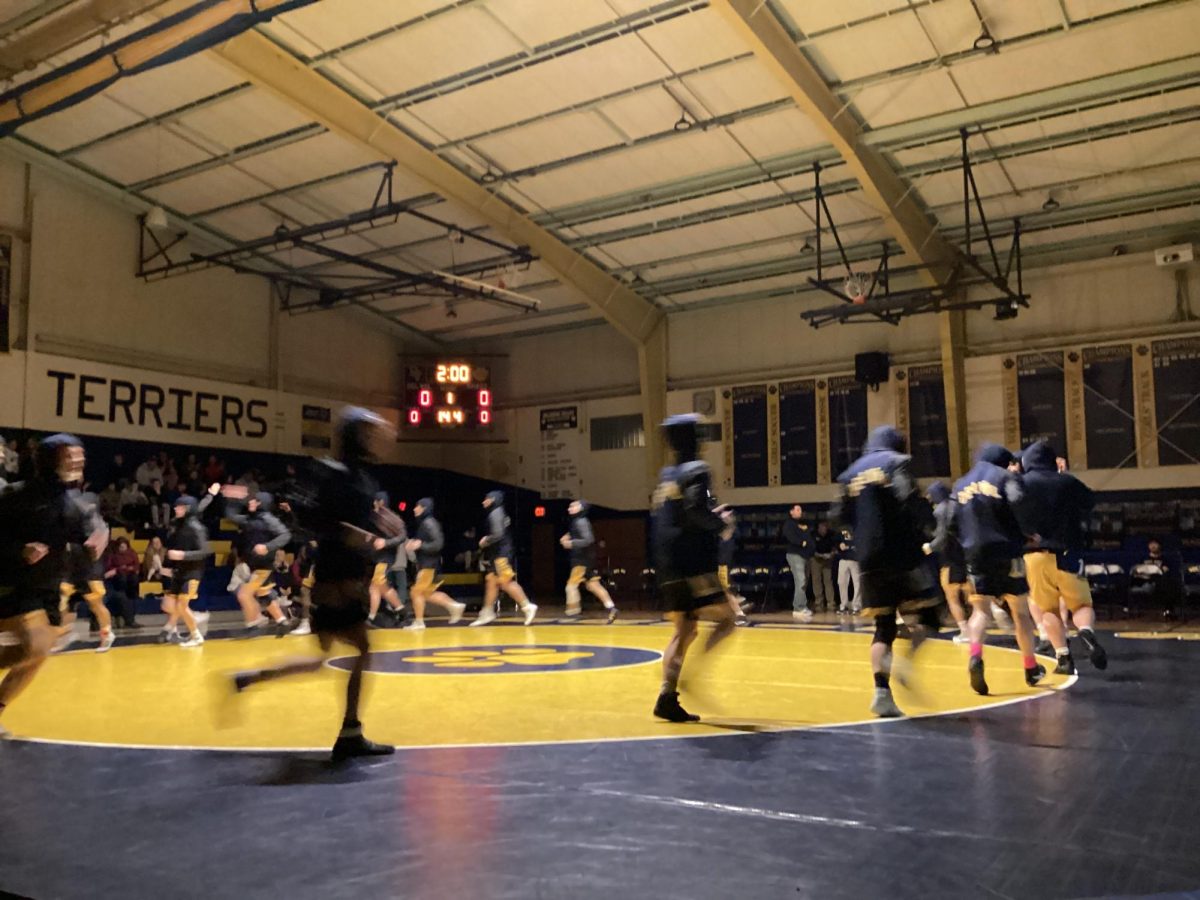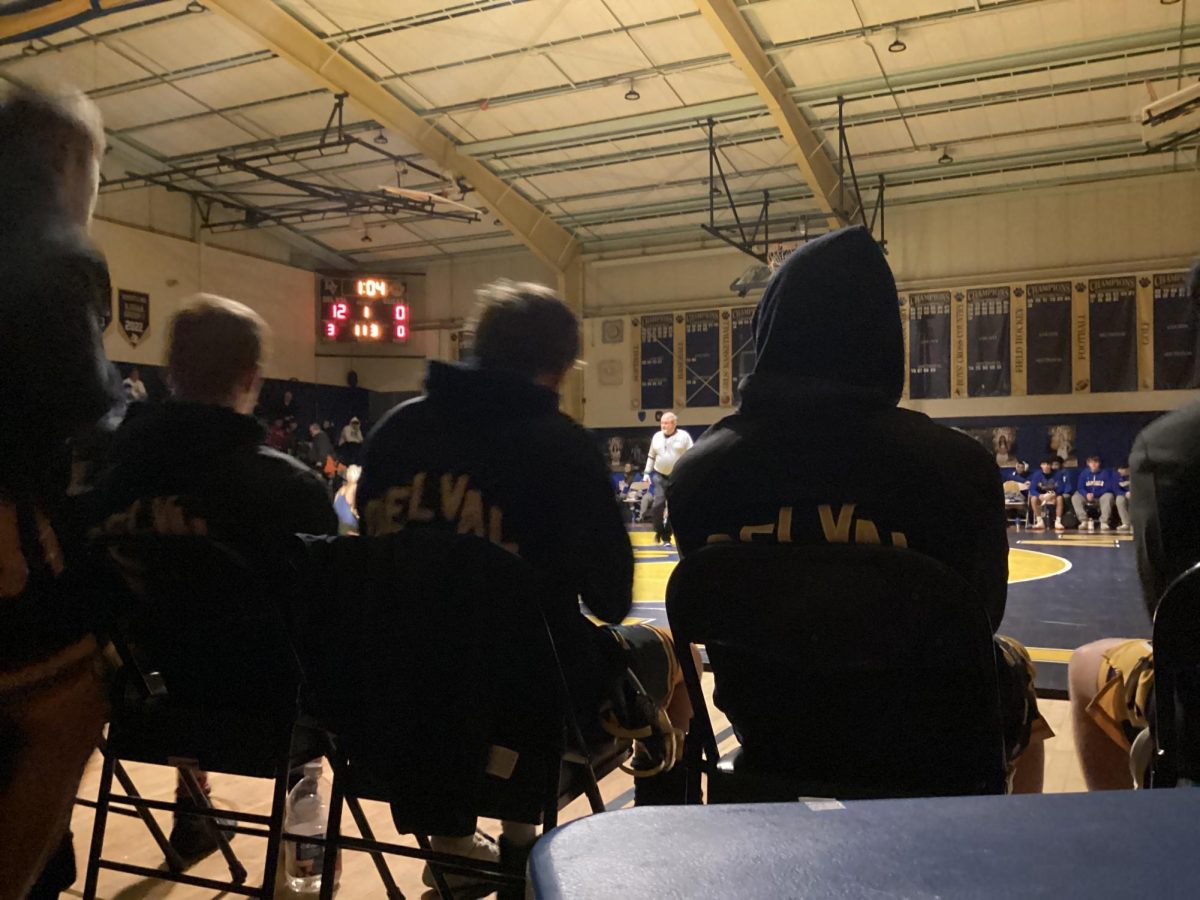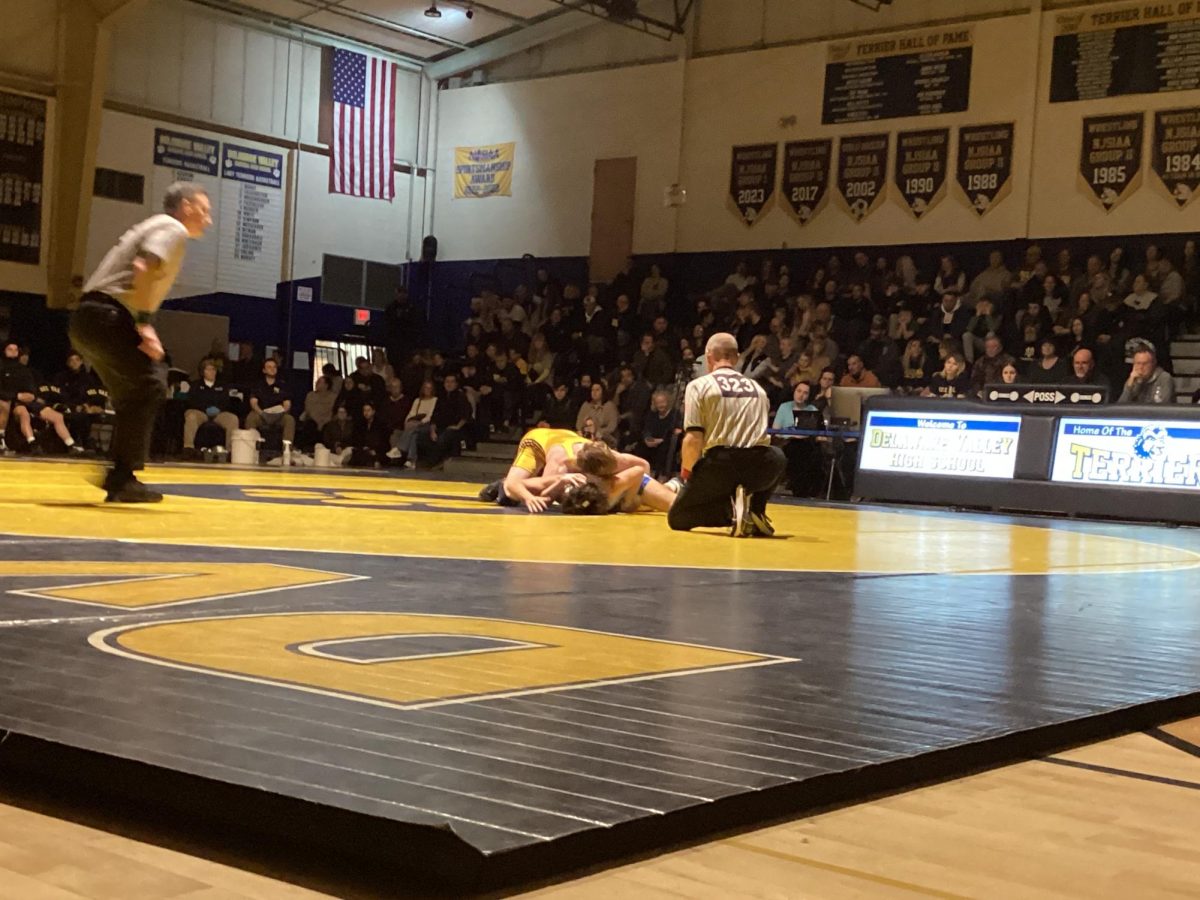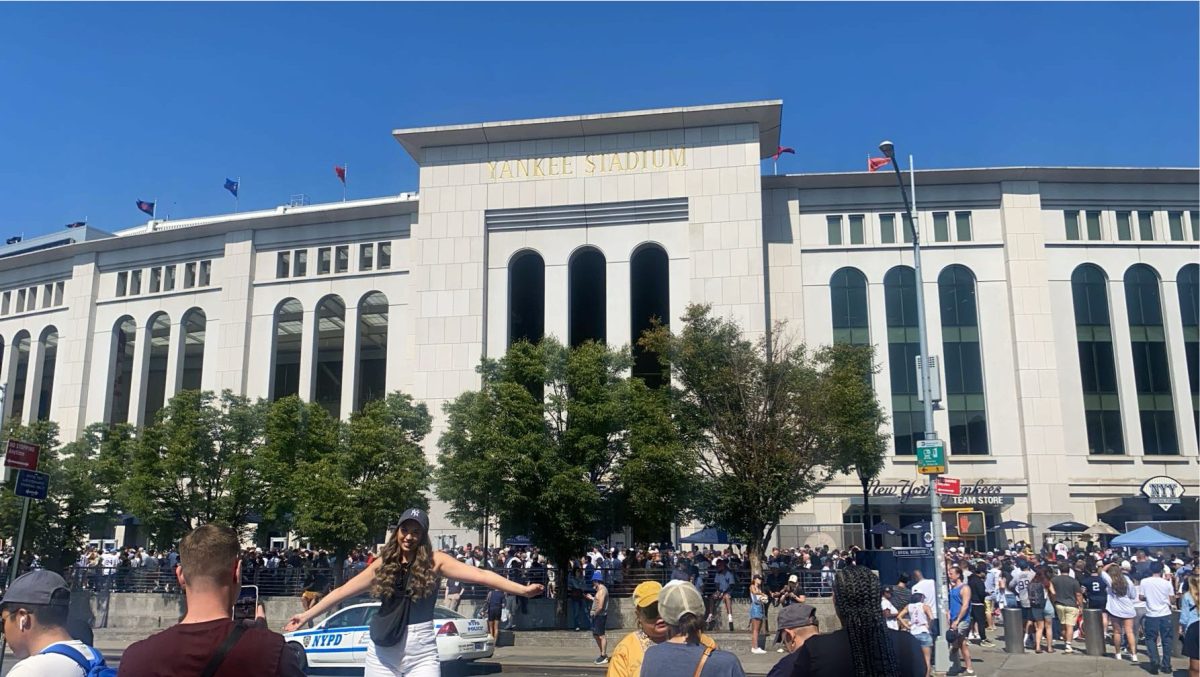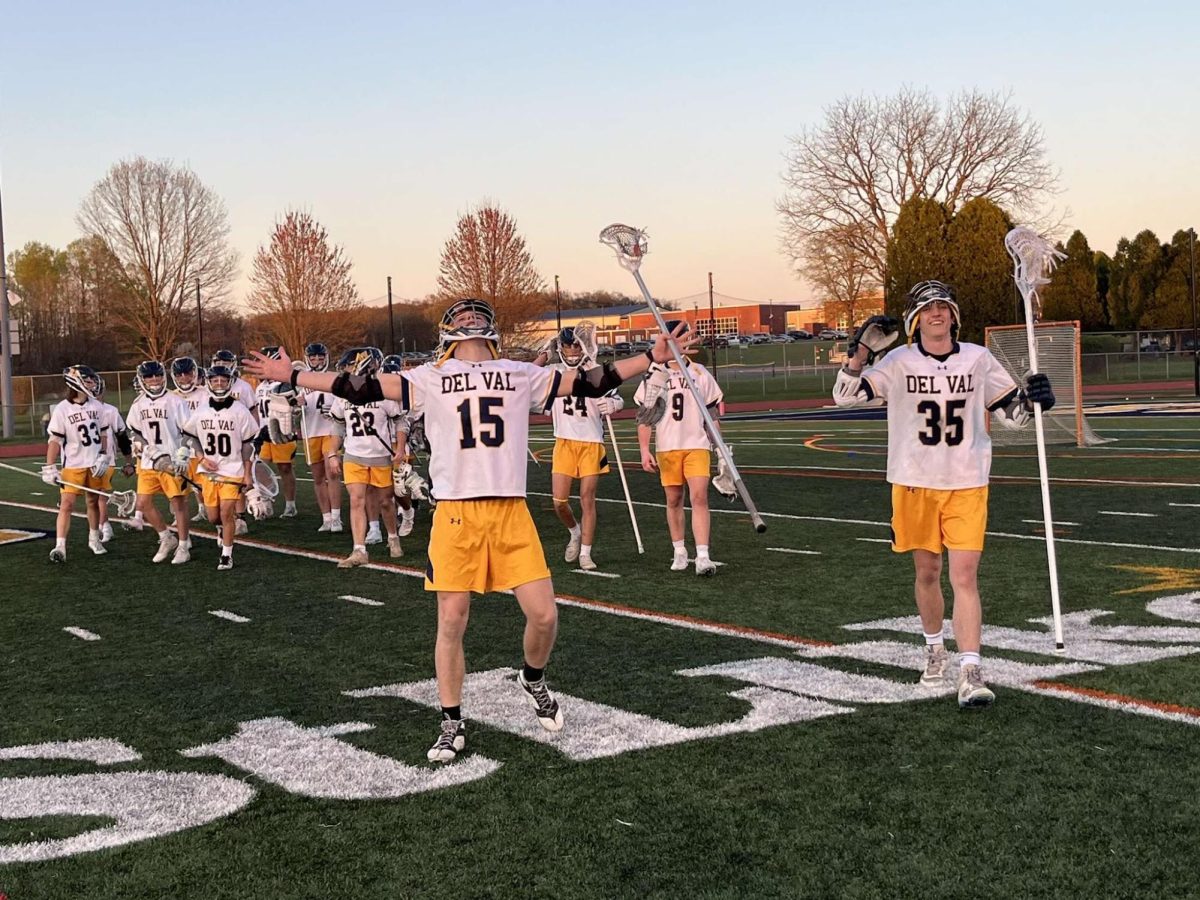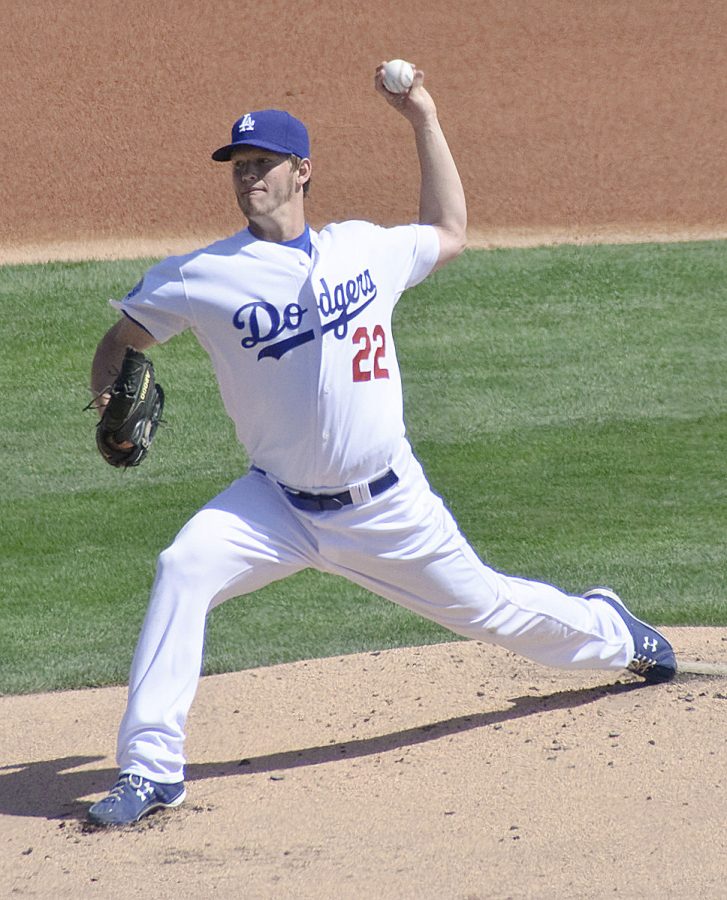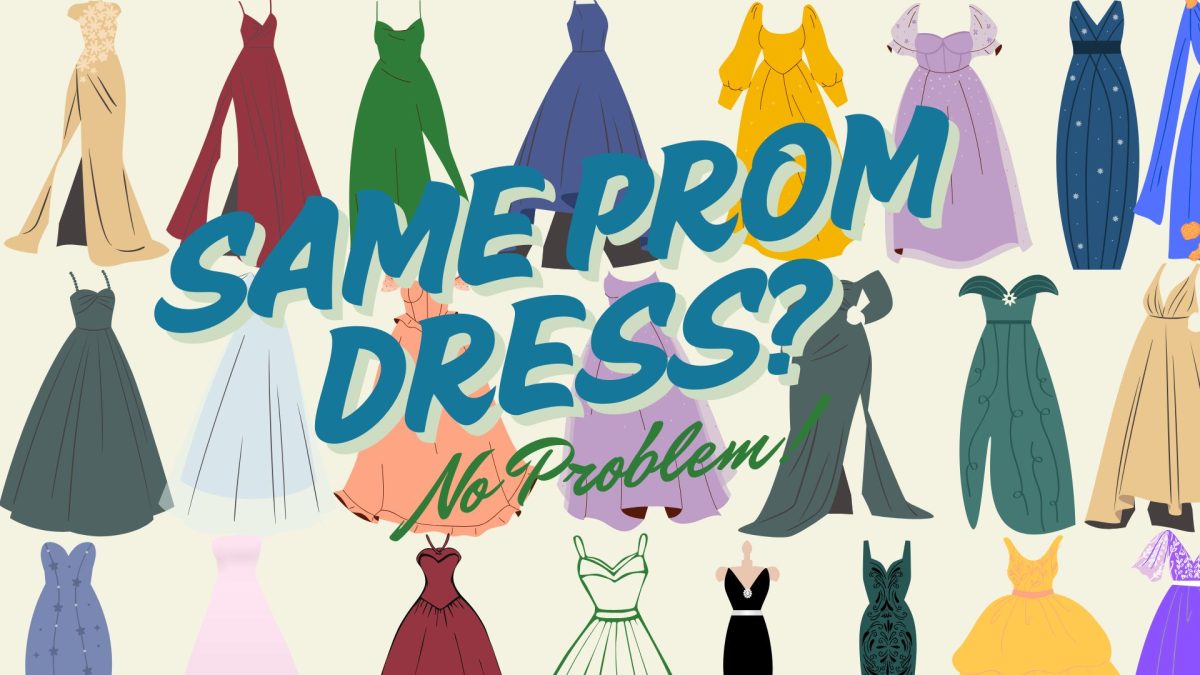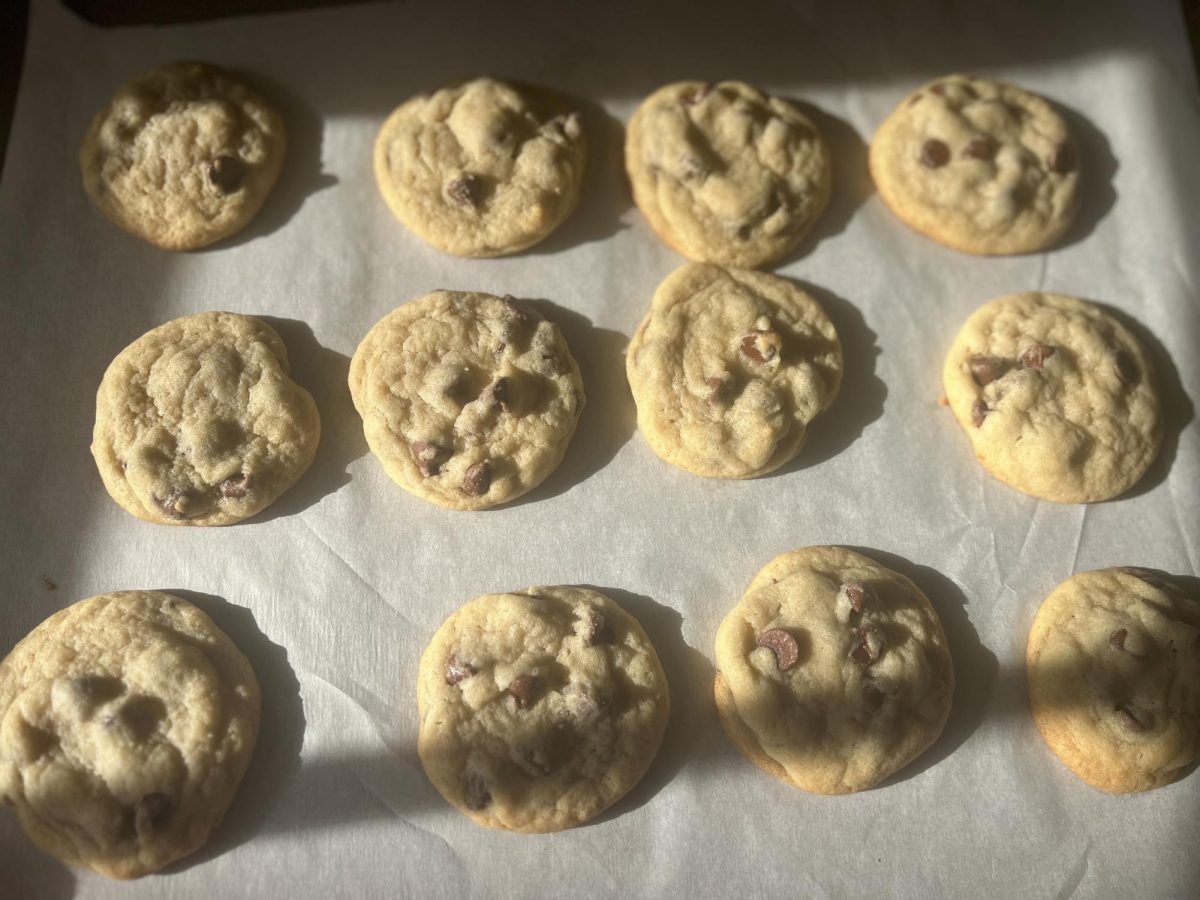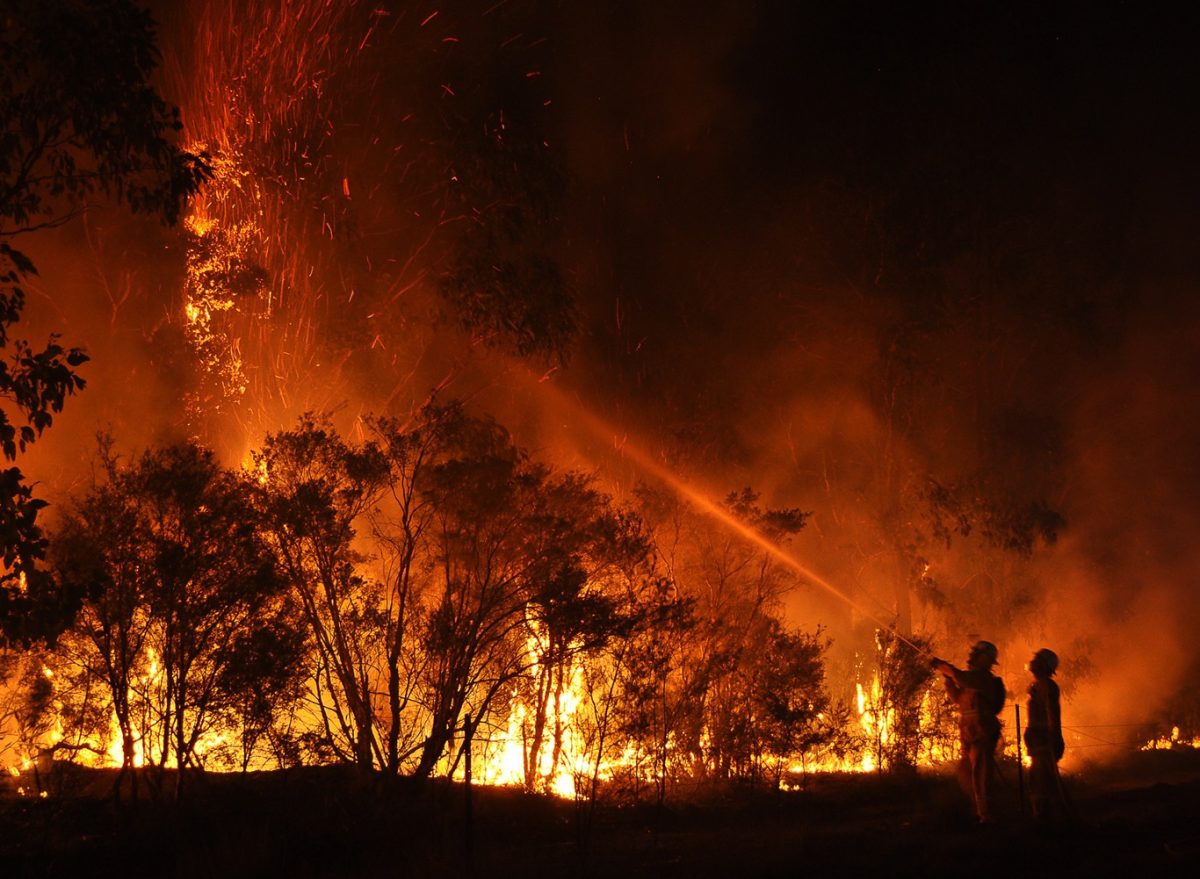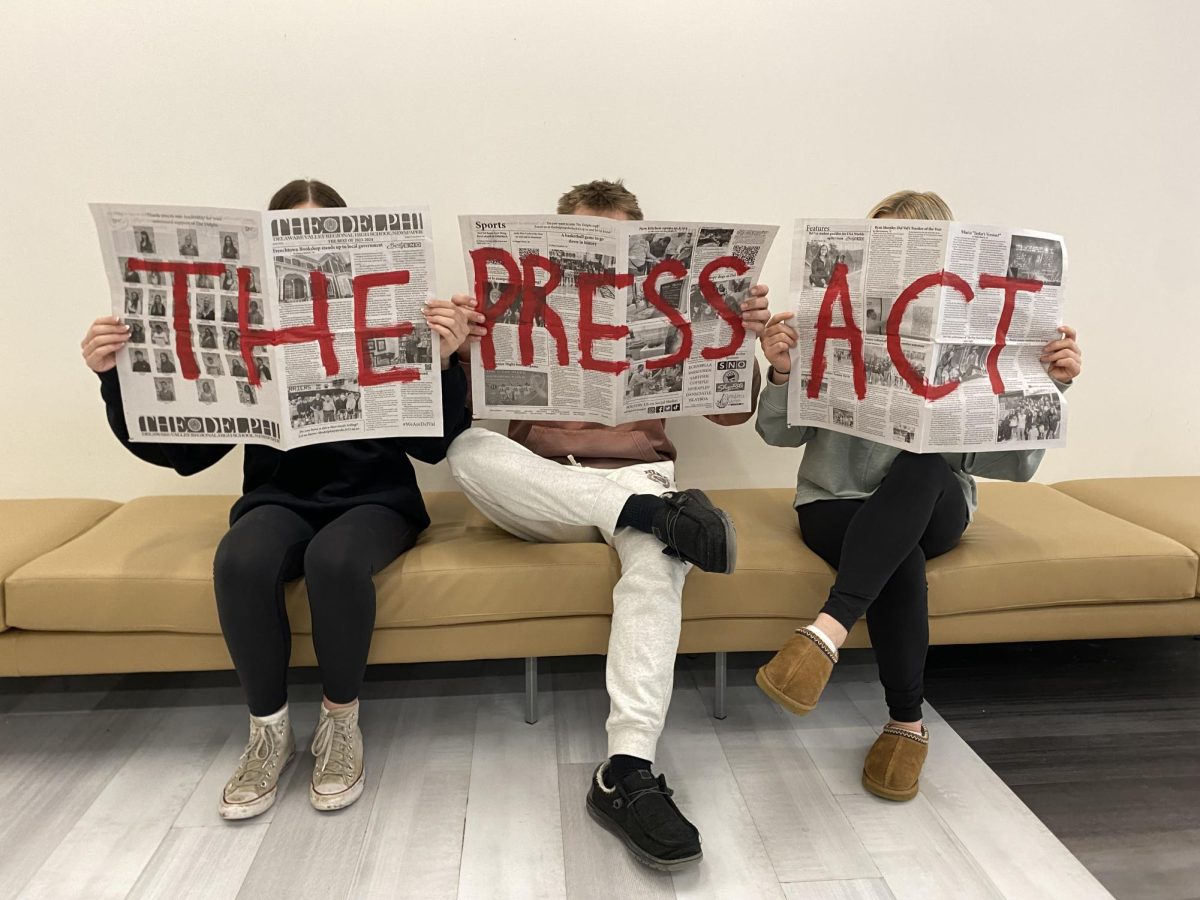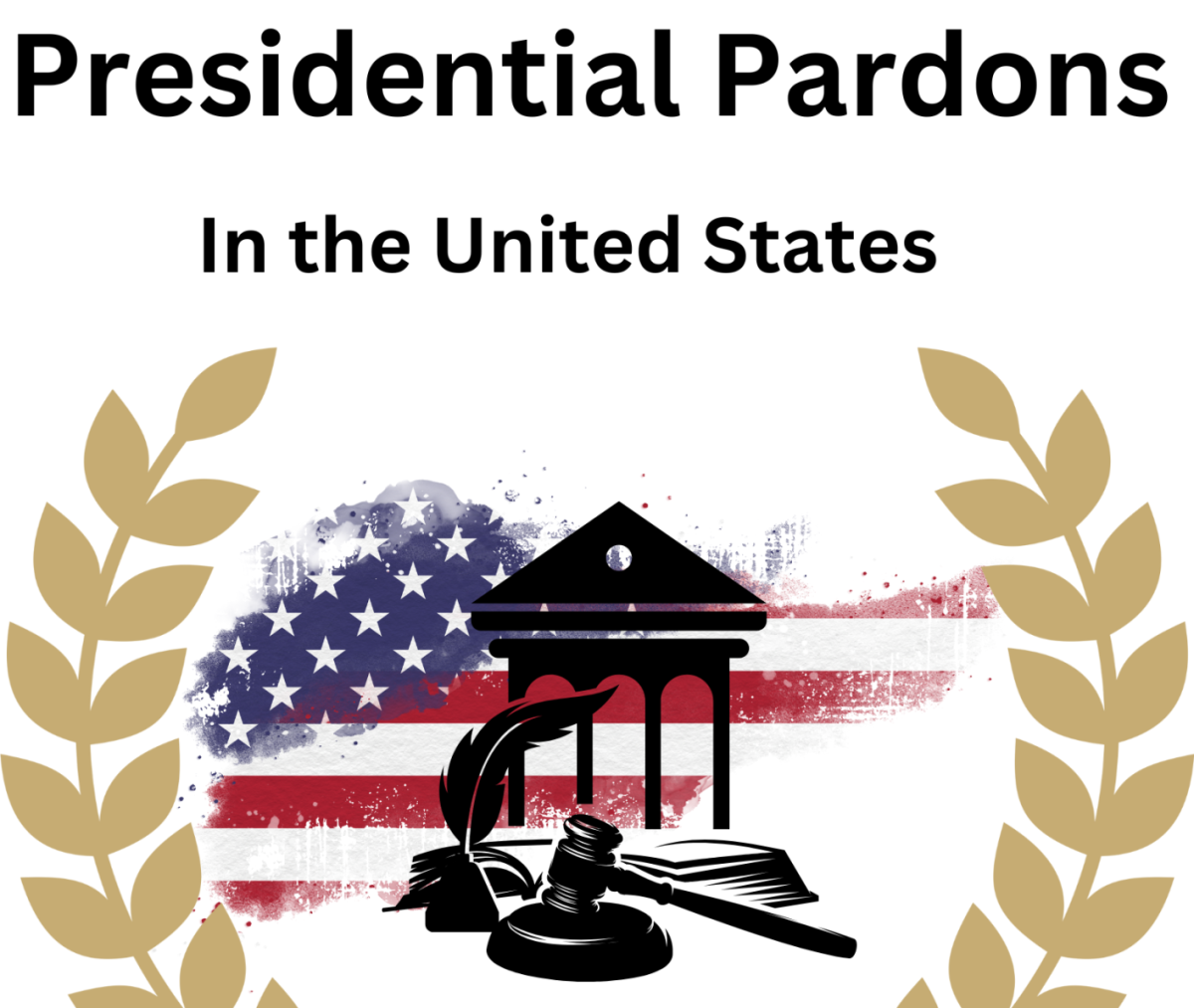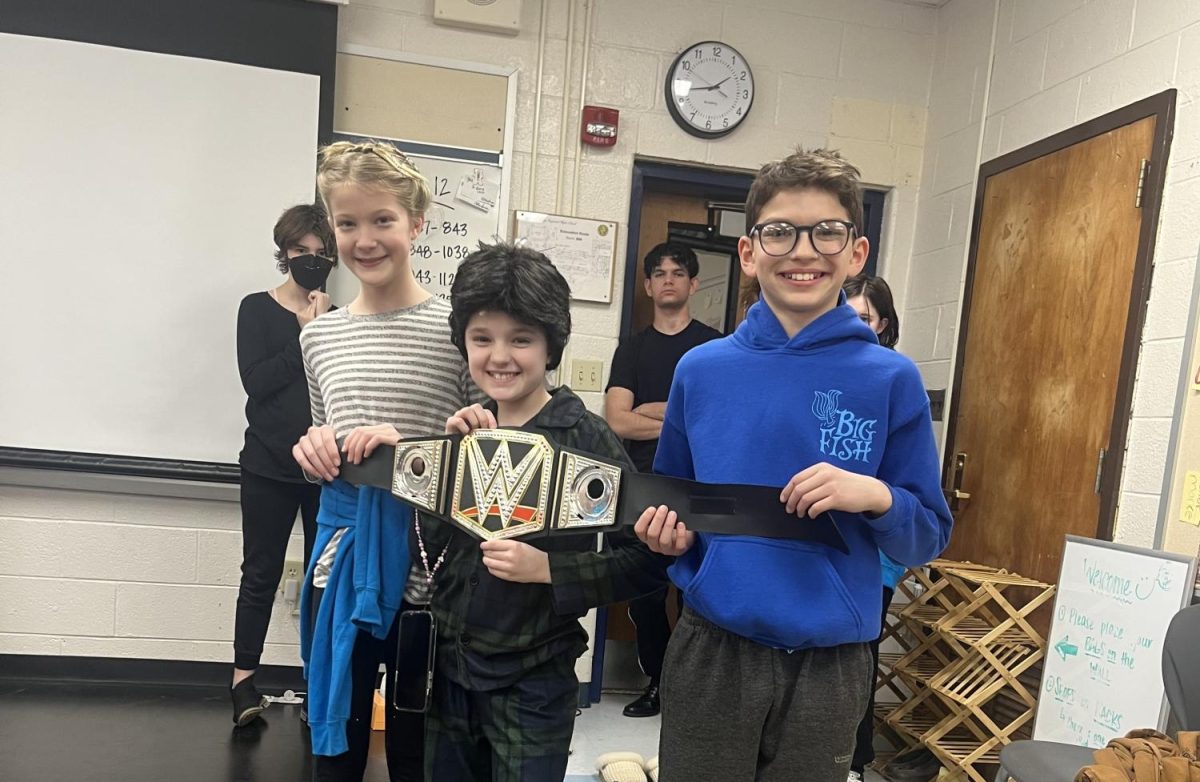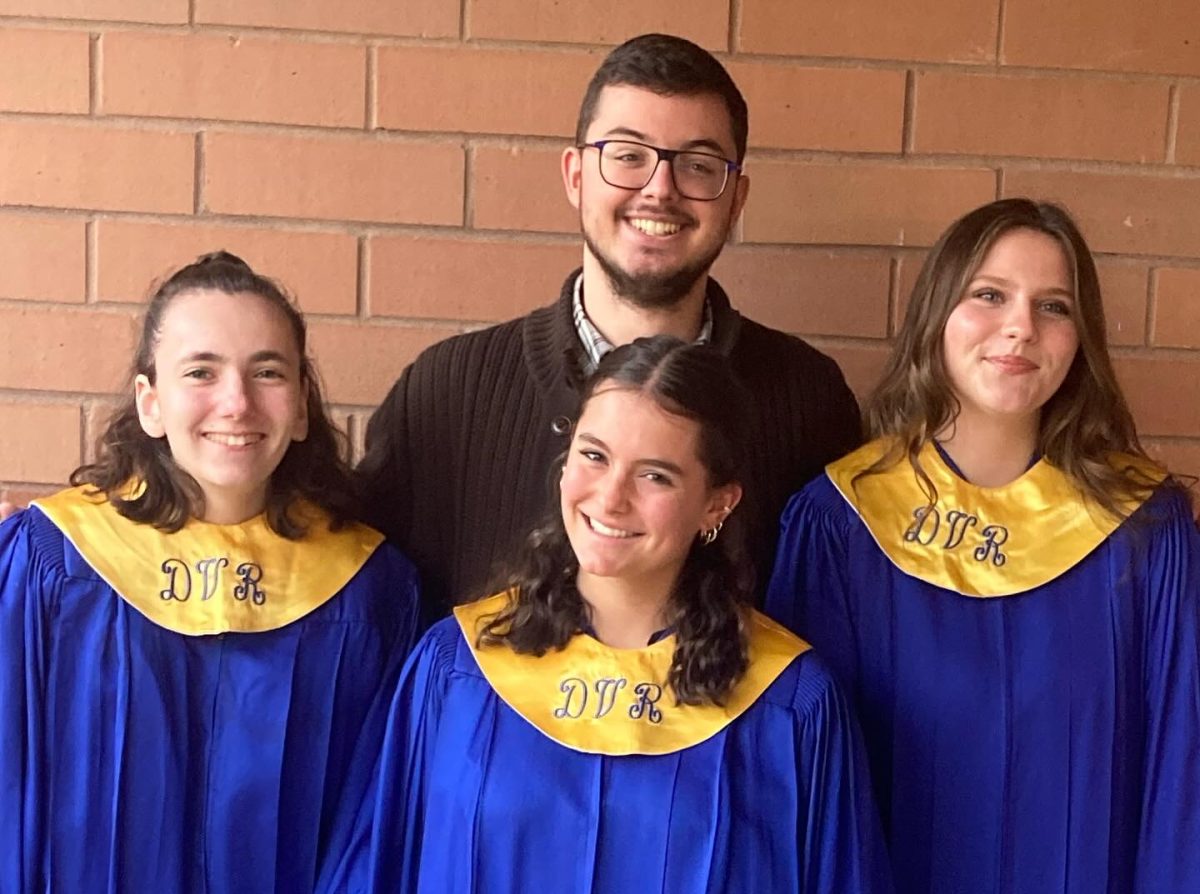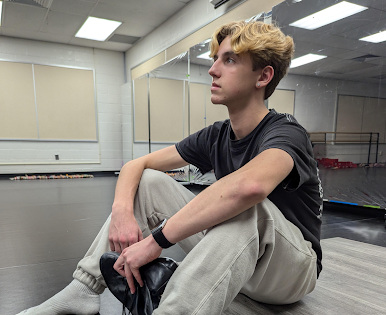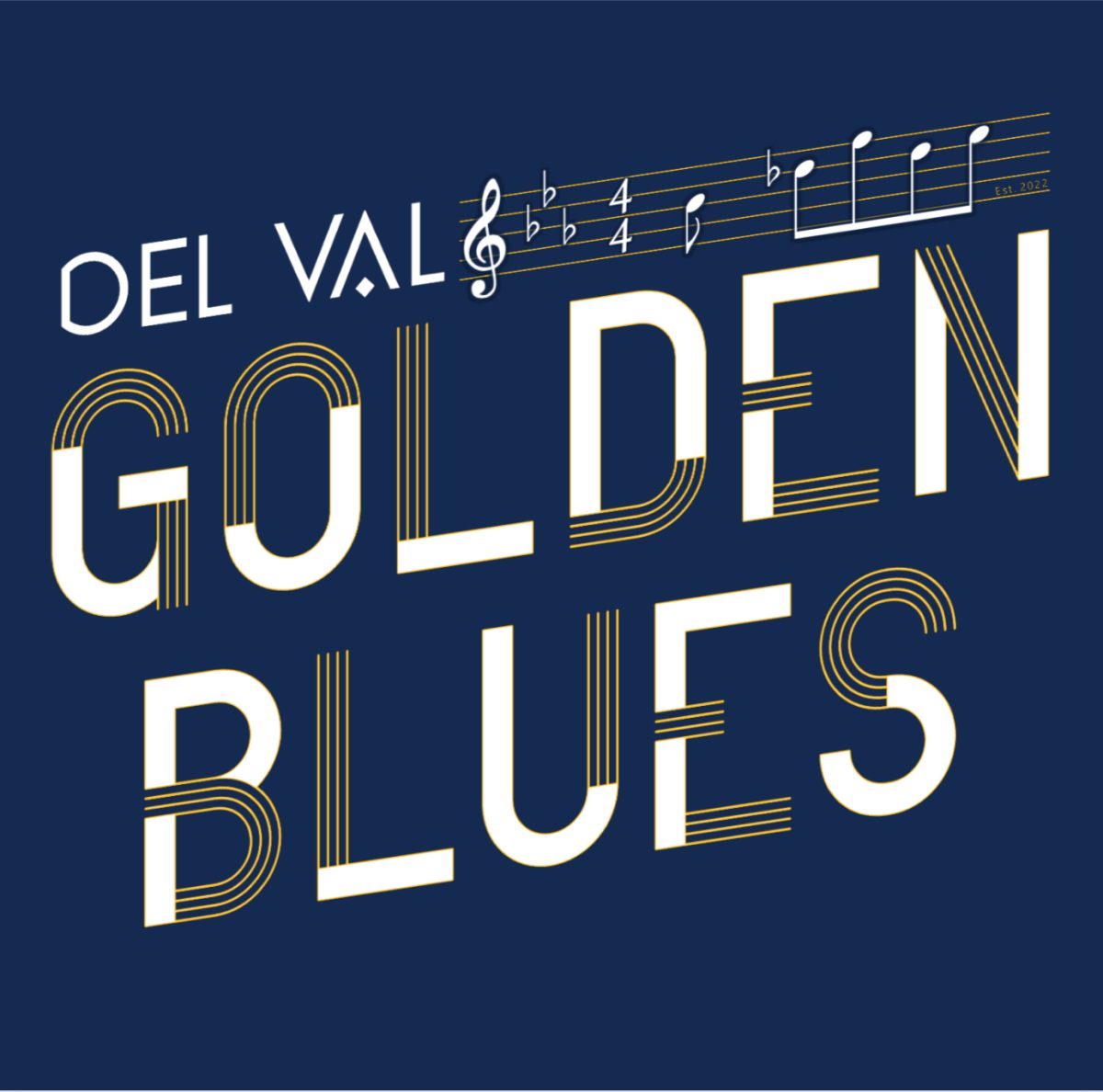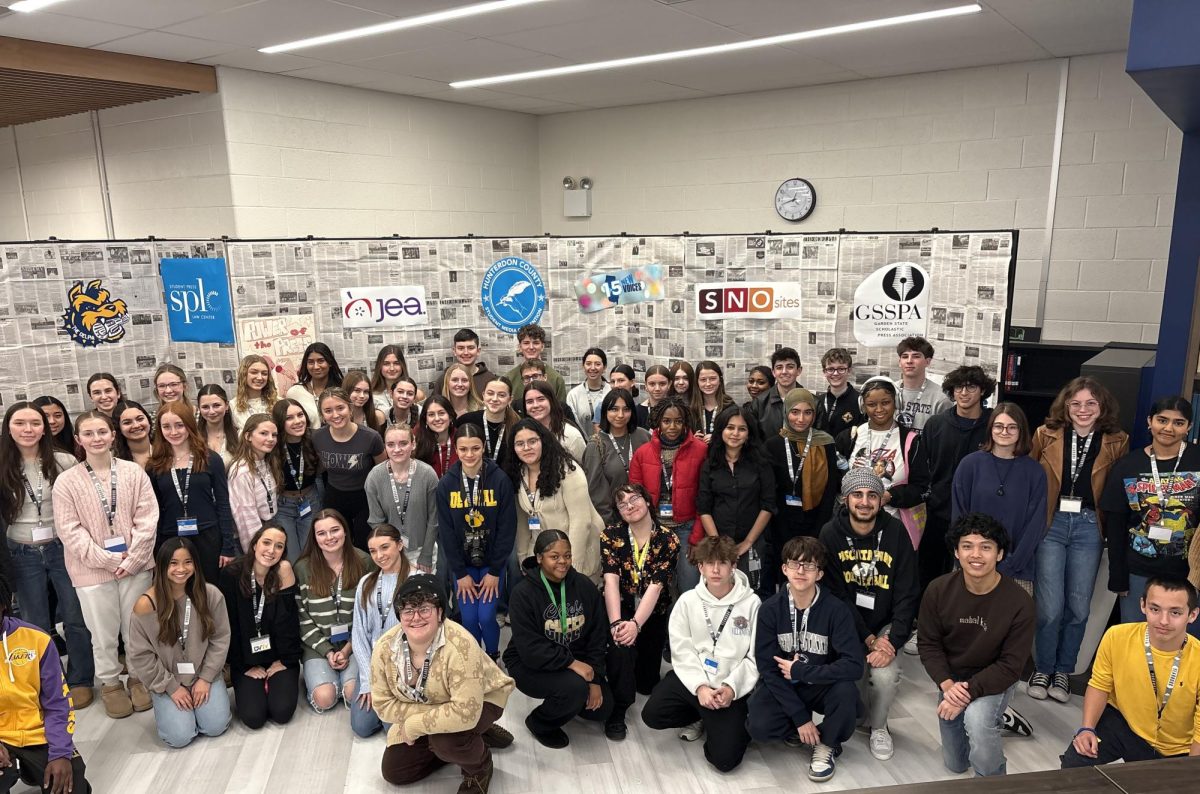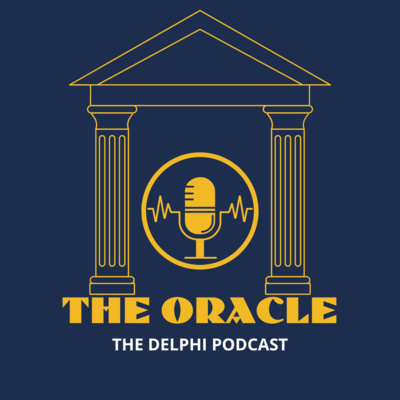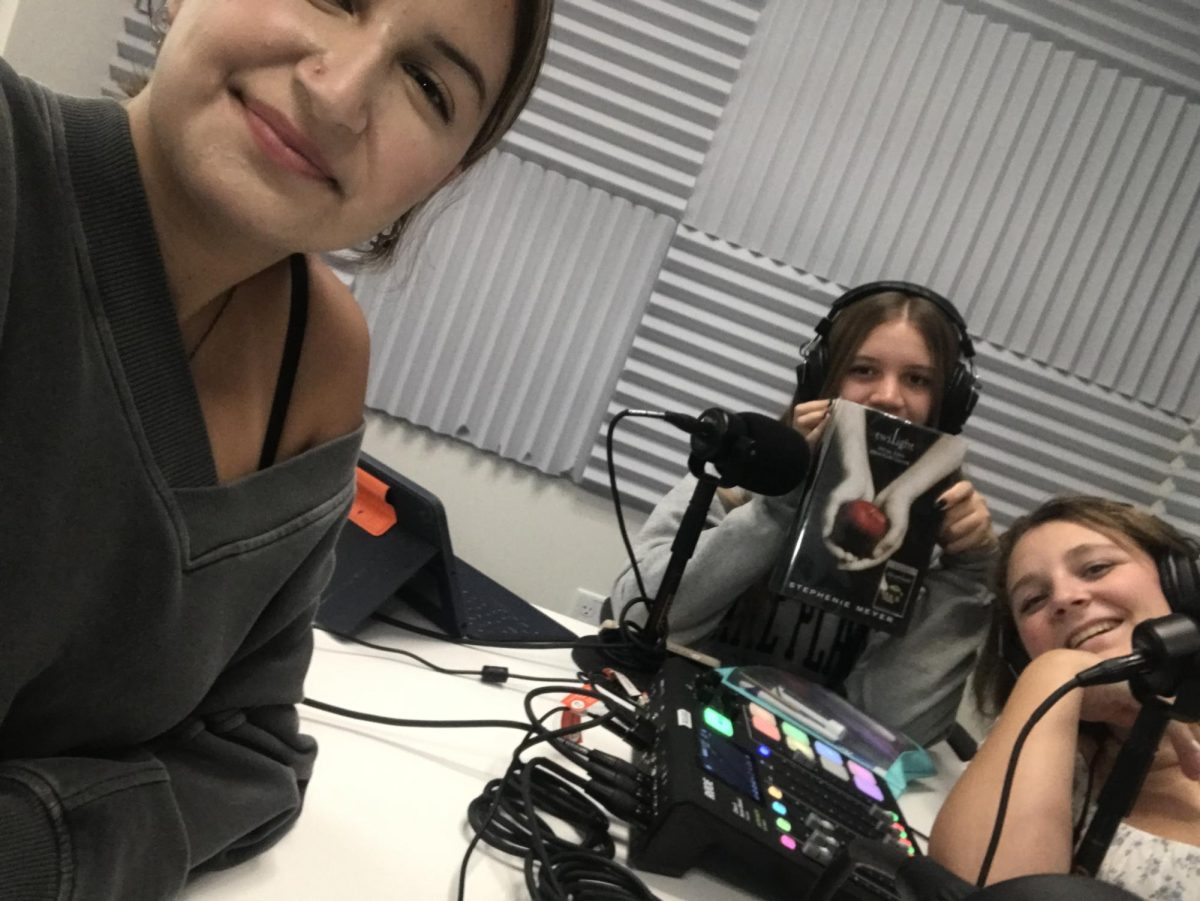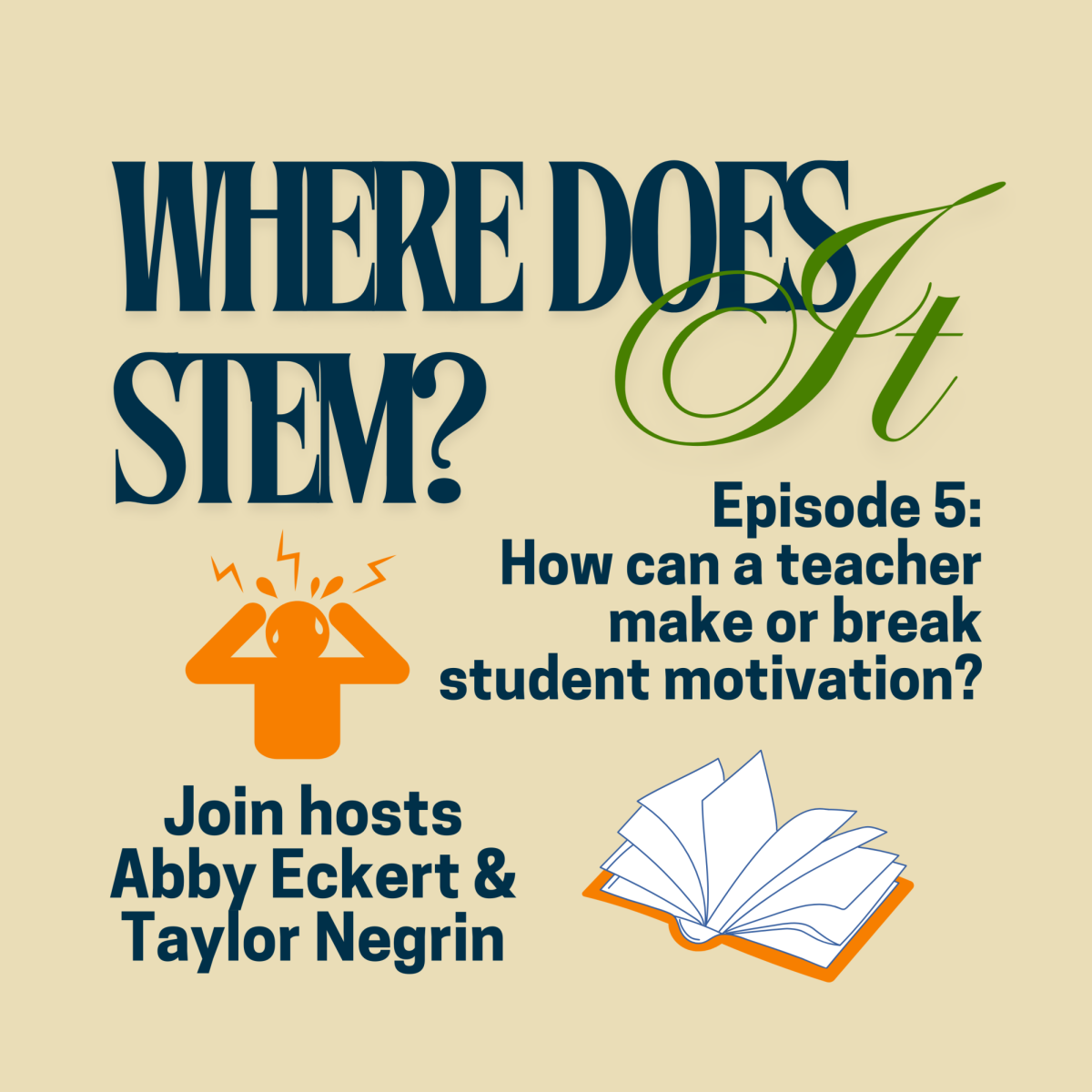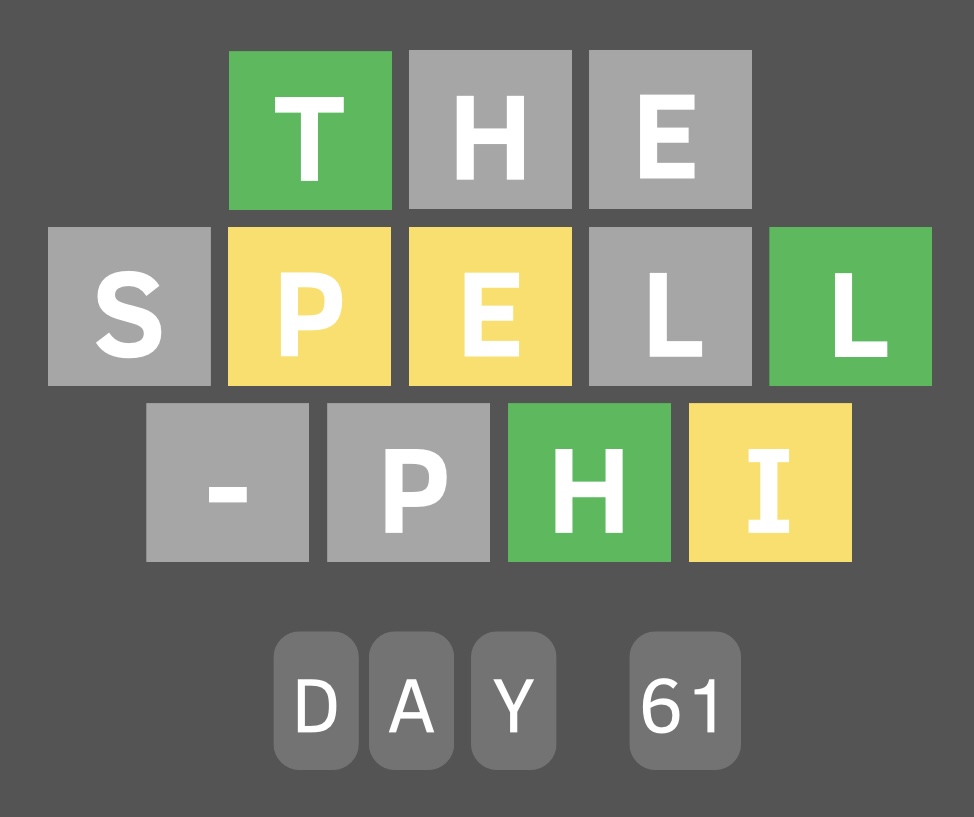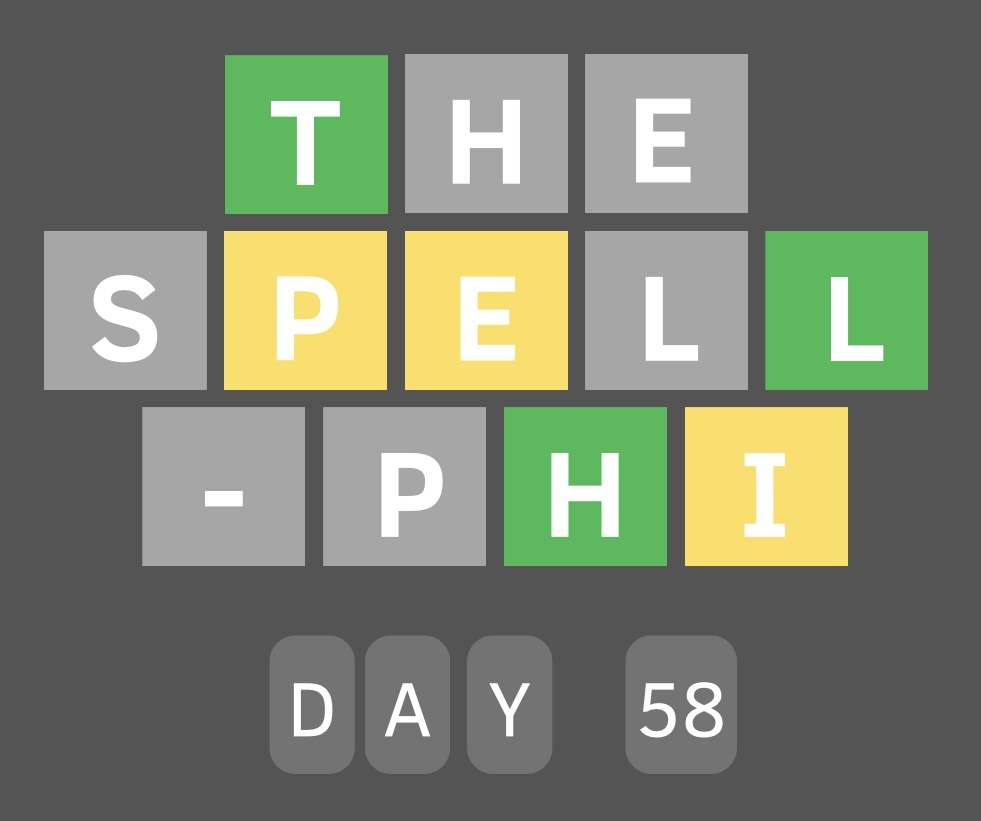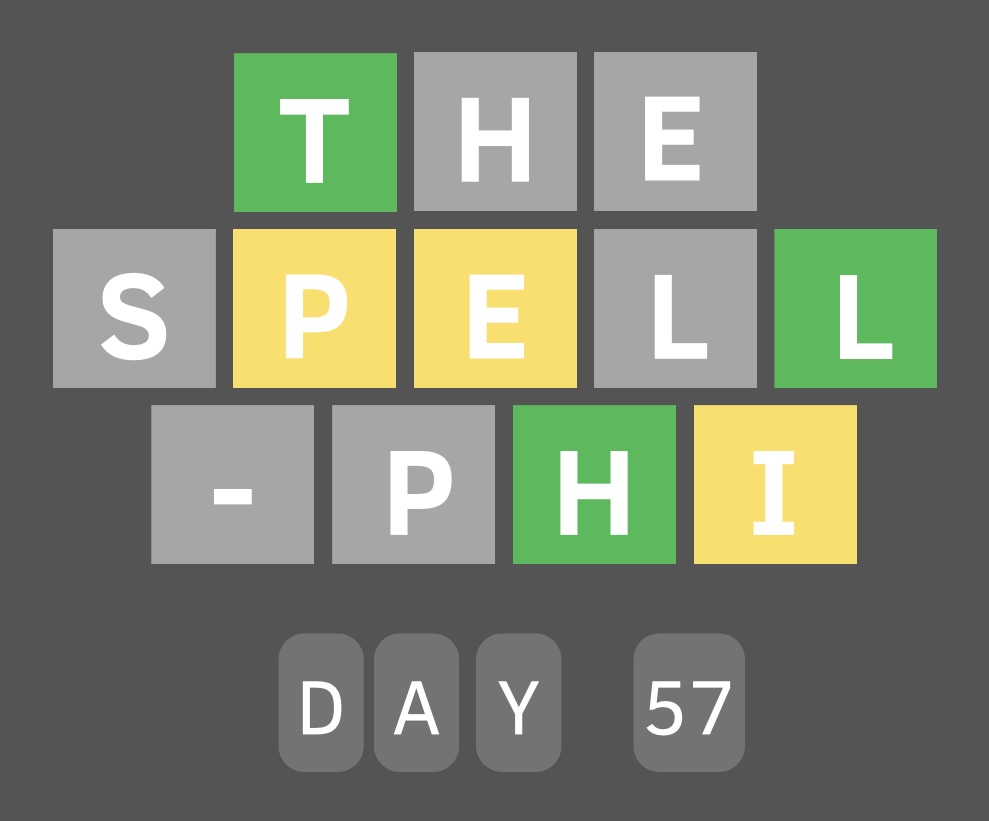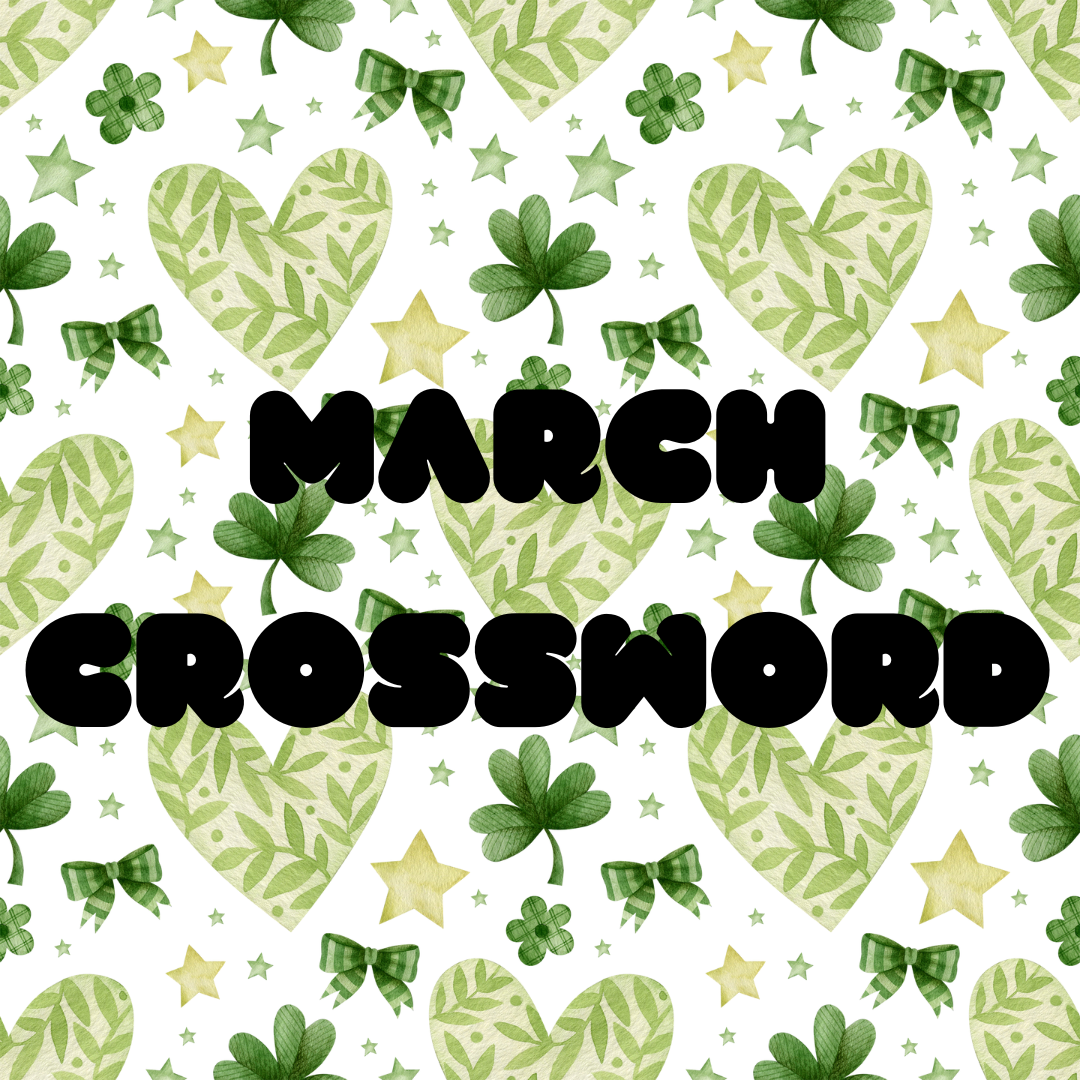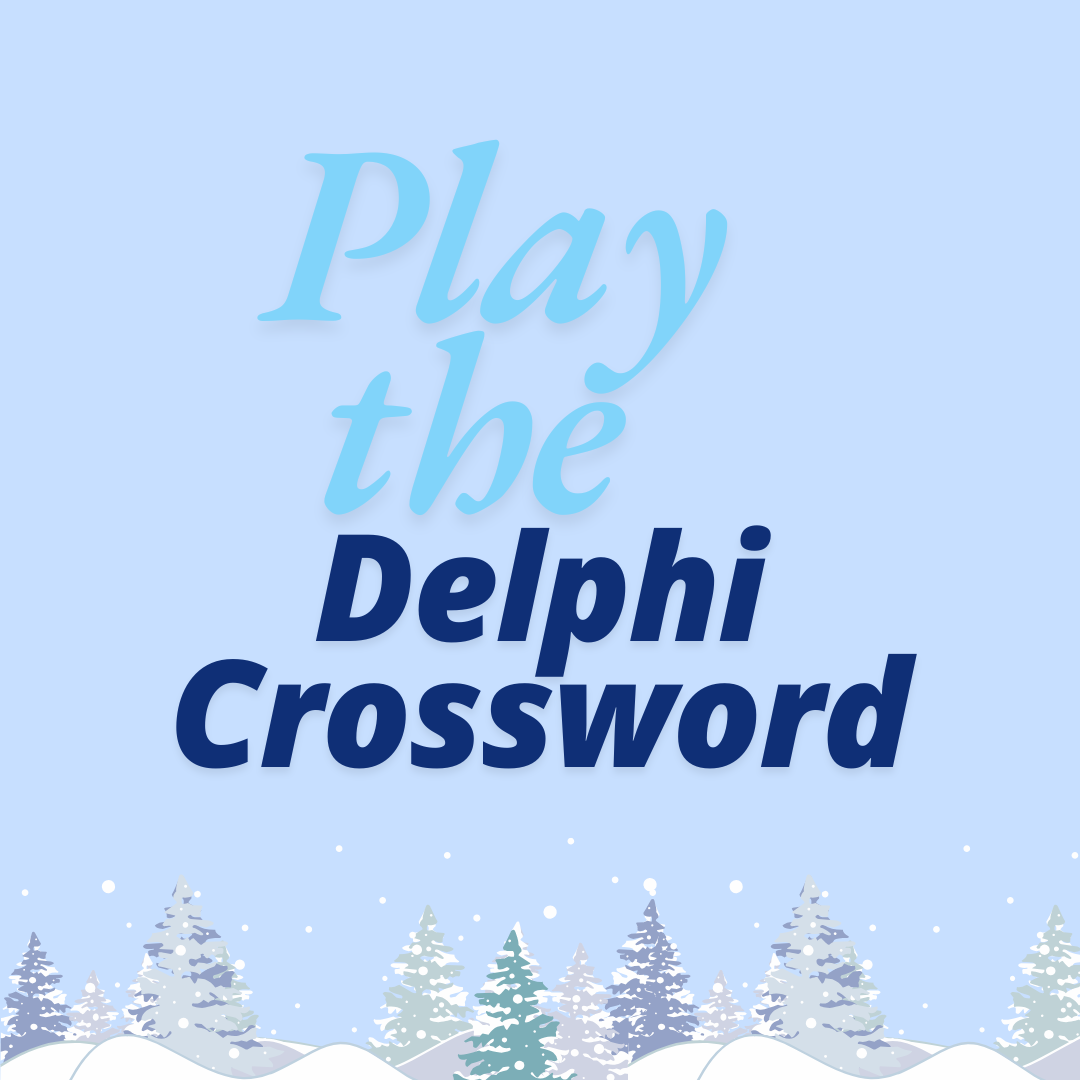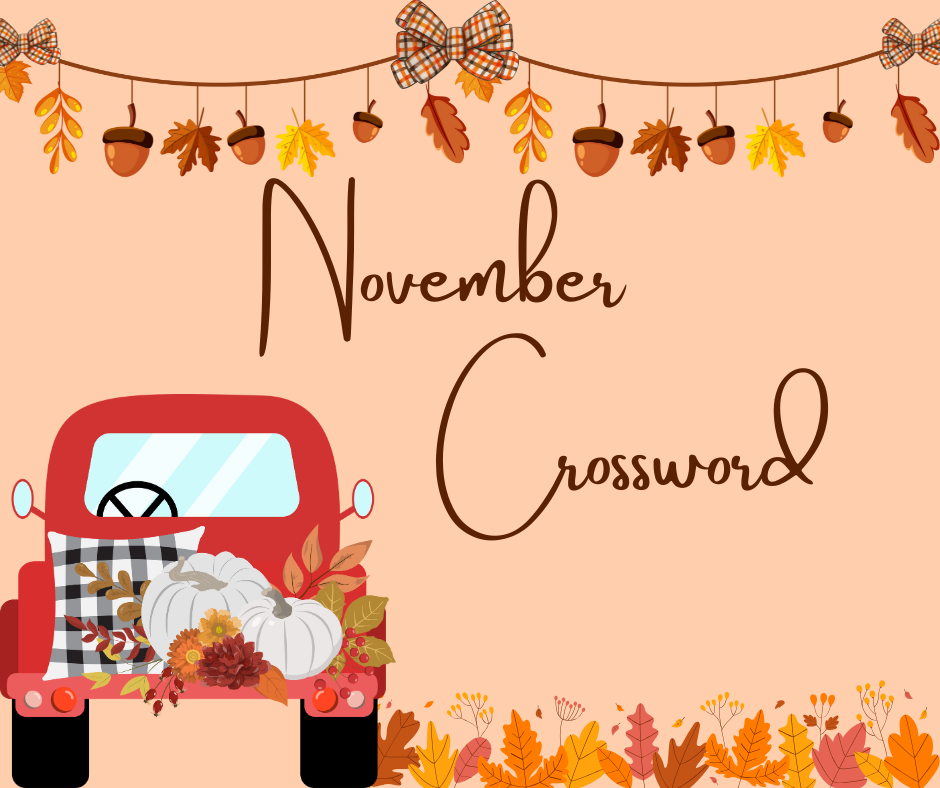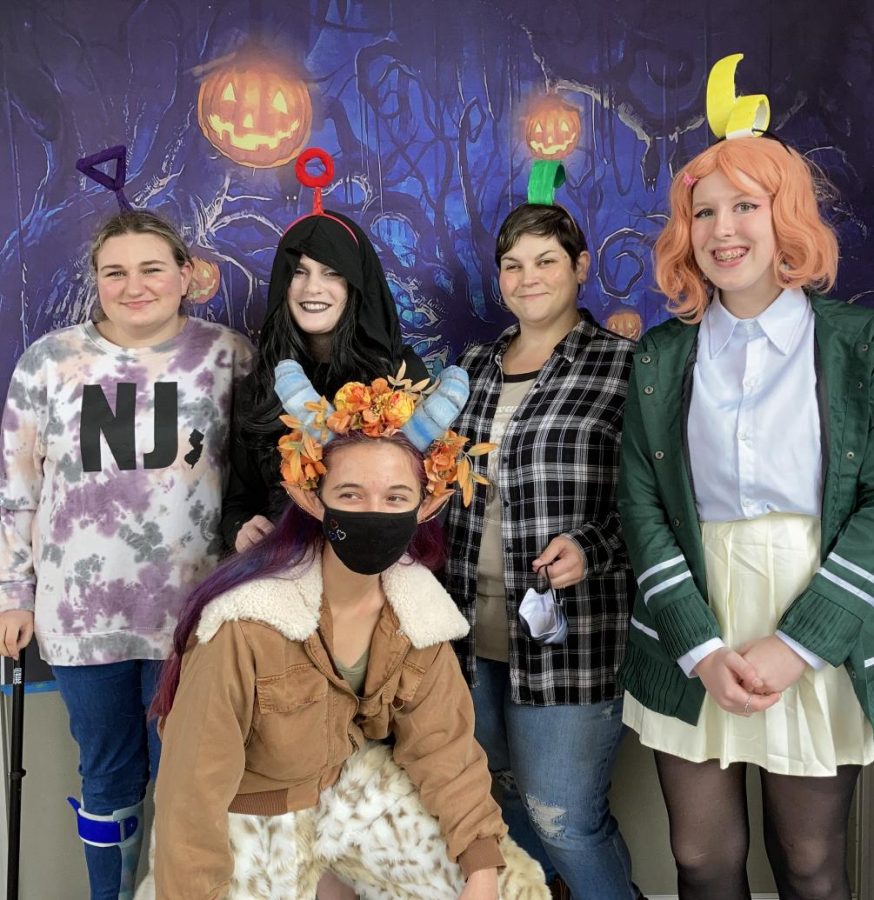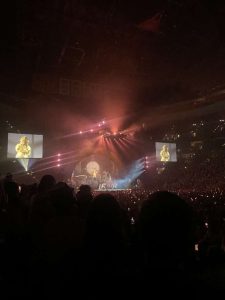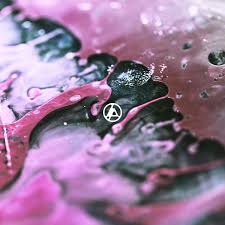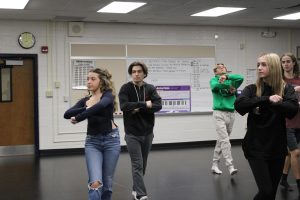The carving of Halloween’s past
Del Val’s staff and students celebrated Halloween by wearing their costumes to school on Oct. 29.
October 30, 2021
Halloween has a long history that has led to the holiday that we know today.
2,000 years ago, the Celts lived in the area that is now Ireland, Northern France, and the United Kingdom. The Celts were multiple tribes that shared a similar language, religious beliefs, traditions and culture. The Celts were known for their ancient Celtic festival of Samhain which was celebrated on November 1.
On this night, they believed that the ghosts of the dead returned to the earth. They would light bonfires and wear costumes made up of animal heads and skins to keep ghosts away.
By 43 A.D., the Roman Empire had conquered most of the Celtic territory. Over the course of the 200 years that the Roman Empire had ruled over the lands, two different festivals were added to the festival of Samhain. By the 9th century, Christianity had spread into the lands.
Over time, Pope Gregory III, the bishop of Rome, established a Catholic feast to honor all of the saints. He named this feast “The All Saints’ Day Celebration.” This celebration was also known as All-Hallows.
Overtime, the night before All-Hallows was starting to be called All-Hallows Eve, which eventually would become Halloween. The different Native American and European beliefs merged together, which made the American version of Halloween. This version of celebrating Halloween included some story telling of the dead, dancing and singing.
In the second half of the 19th century, many new immigrants who had come to America helped to nationally popularize the celebration of Halloween by using European traditions like dressing-up and trick or treating. On Halloween, people believed that when they would leave their house, they would meet and see ghosts. To stop this, they would wear masks and costumes as a way to disguise themselves, hence the famous tradition to dress up for Halloween.
The way trick or treating became popular was from the All Souls’ Day parade in England. During these parades, citizens who were poor would beg for food to which families would then give them pastries called “soul cakes.” They would give them these cakes as a return for their promise to pray to their dead relatives. This was known as “going a souling,” which was later taken up by children who would visit houses in their neighborhoods and instead be given ale, food and money.
By the 1950s, Halloween had developed into a holiday mainly directed towards the young. During this time, trick or treating had become a very popular way for families and communities to get together and celebrate.
Now, Halloween is one of the most famous American traditions, and is liked by both children and adults.

